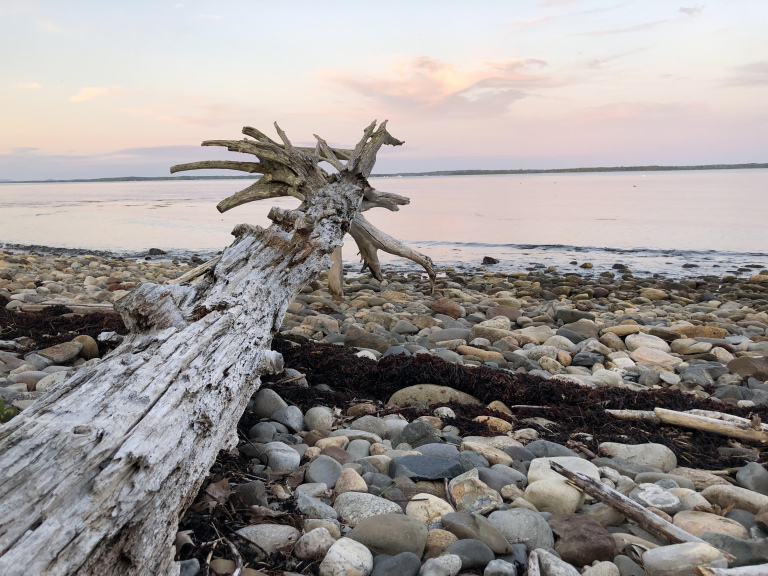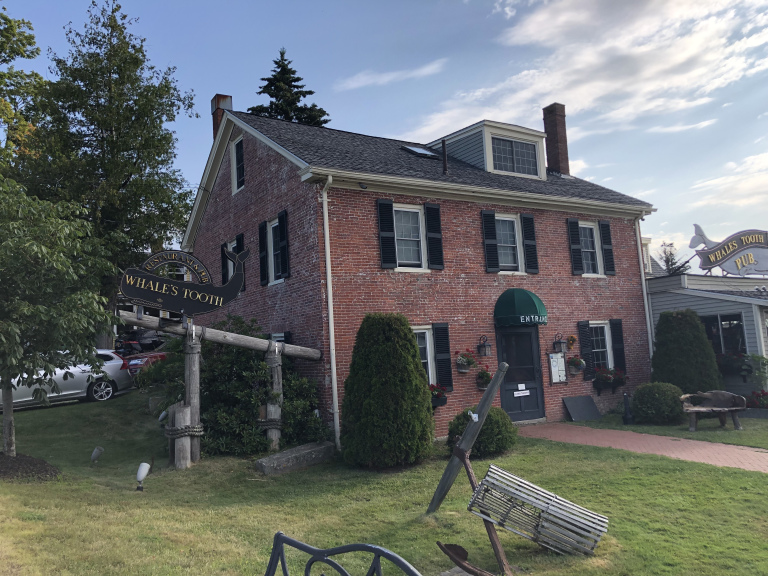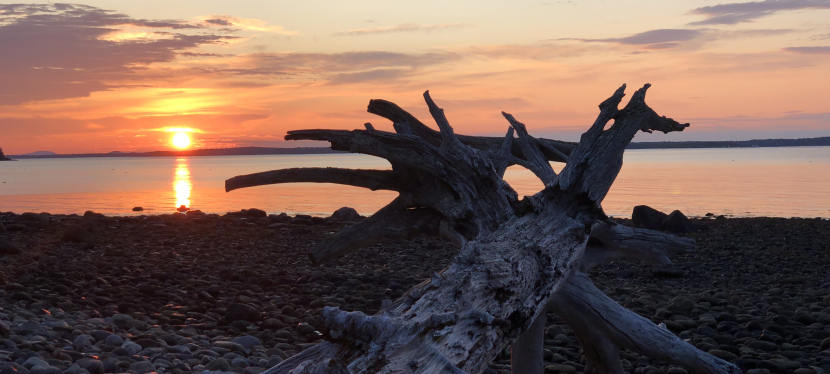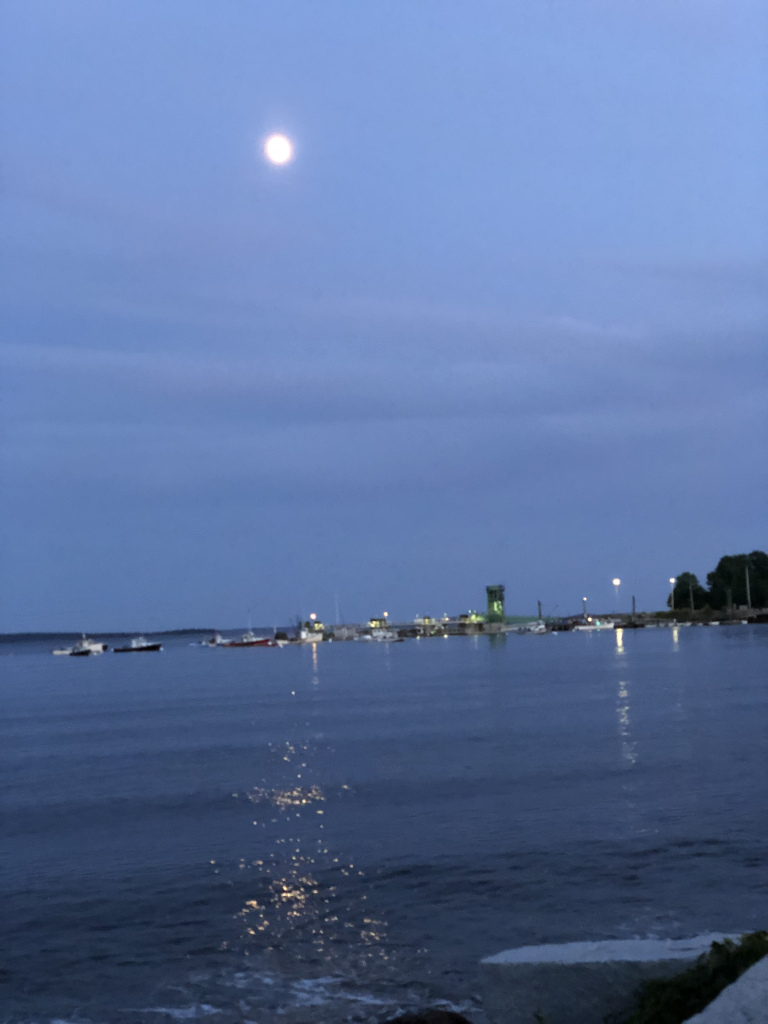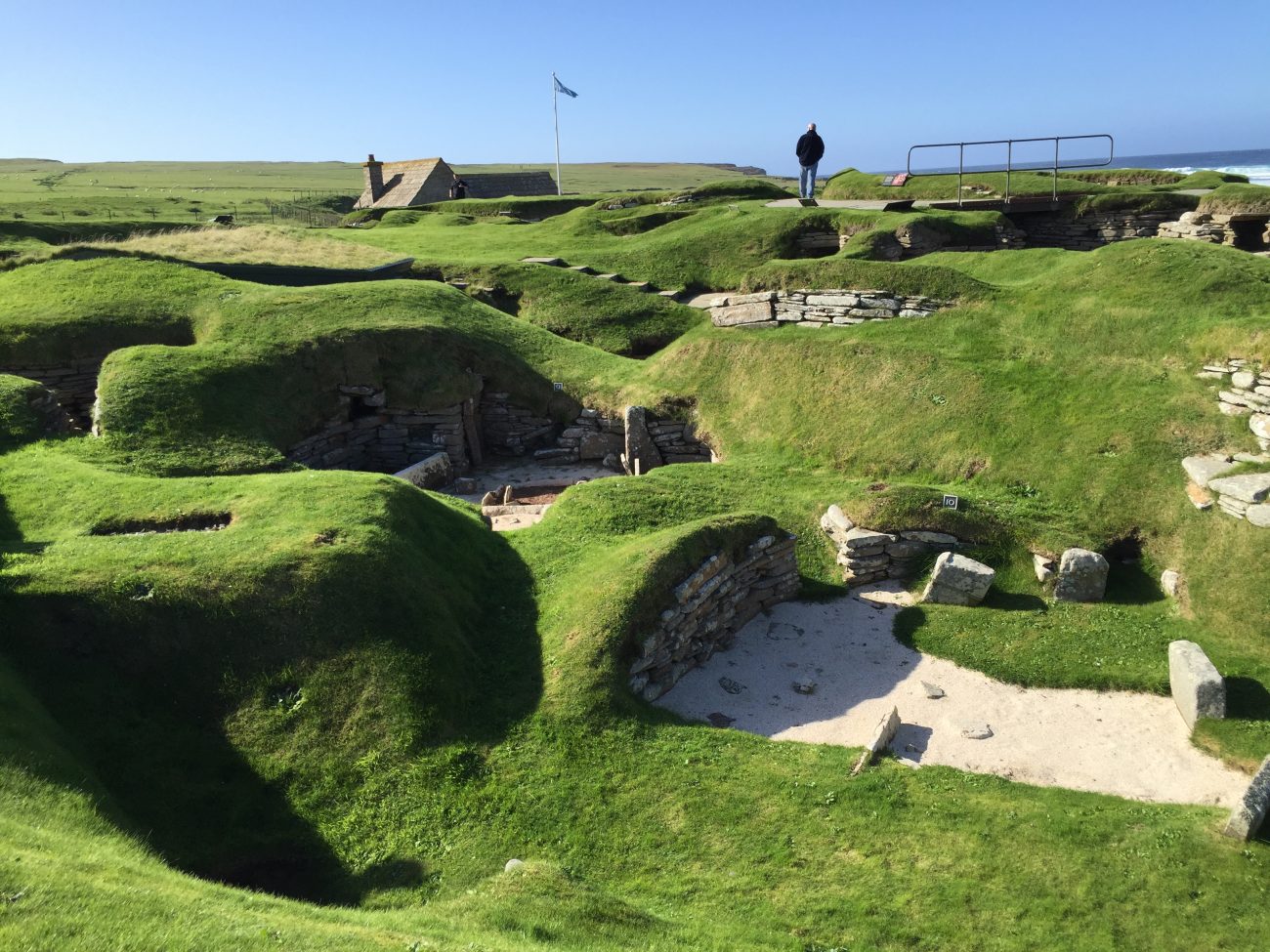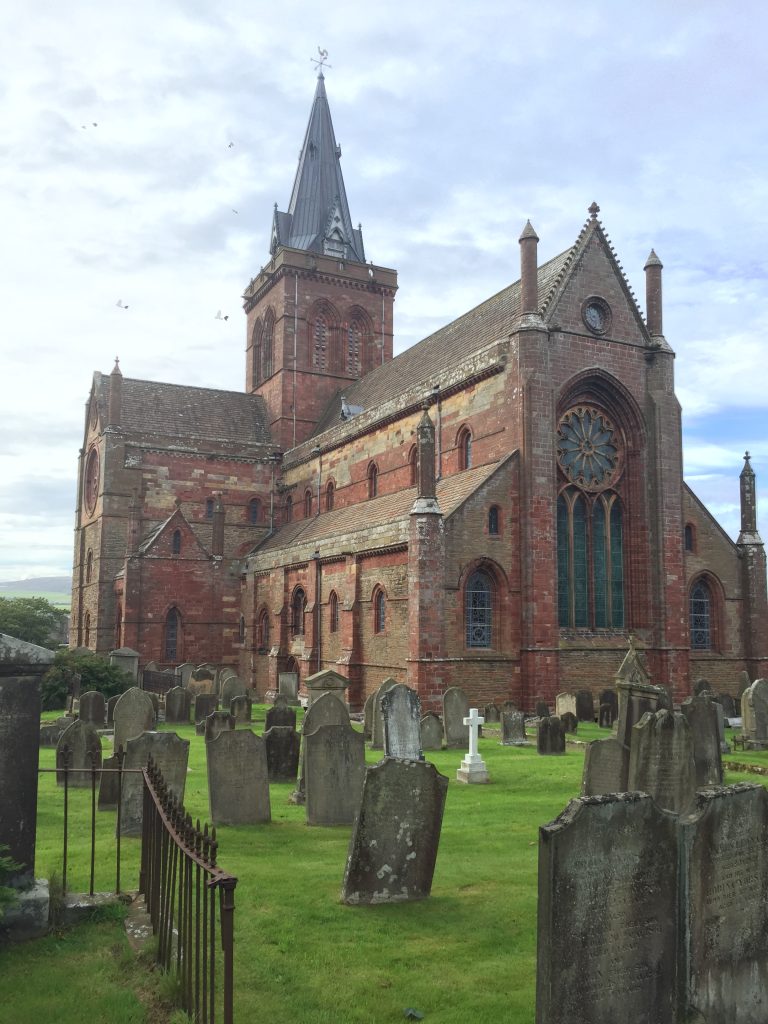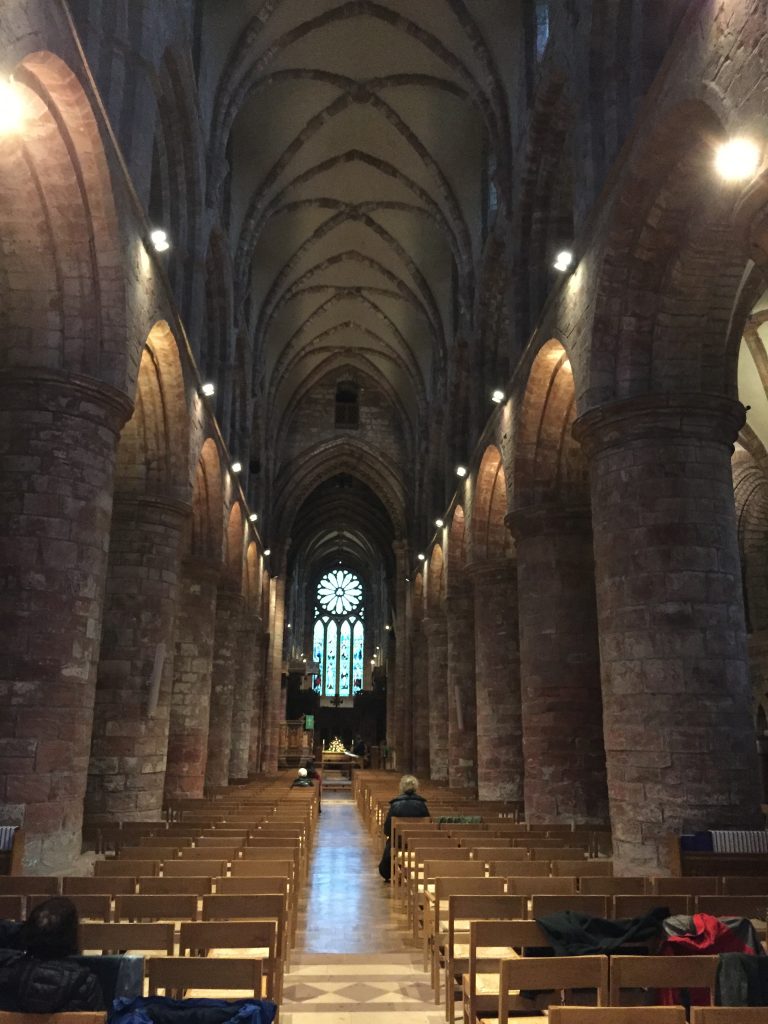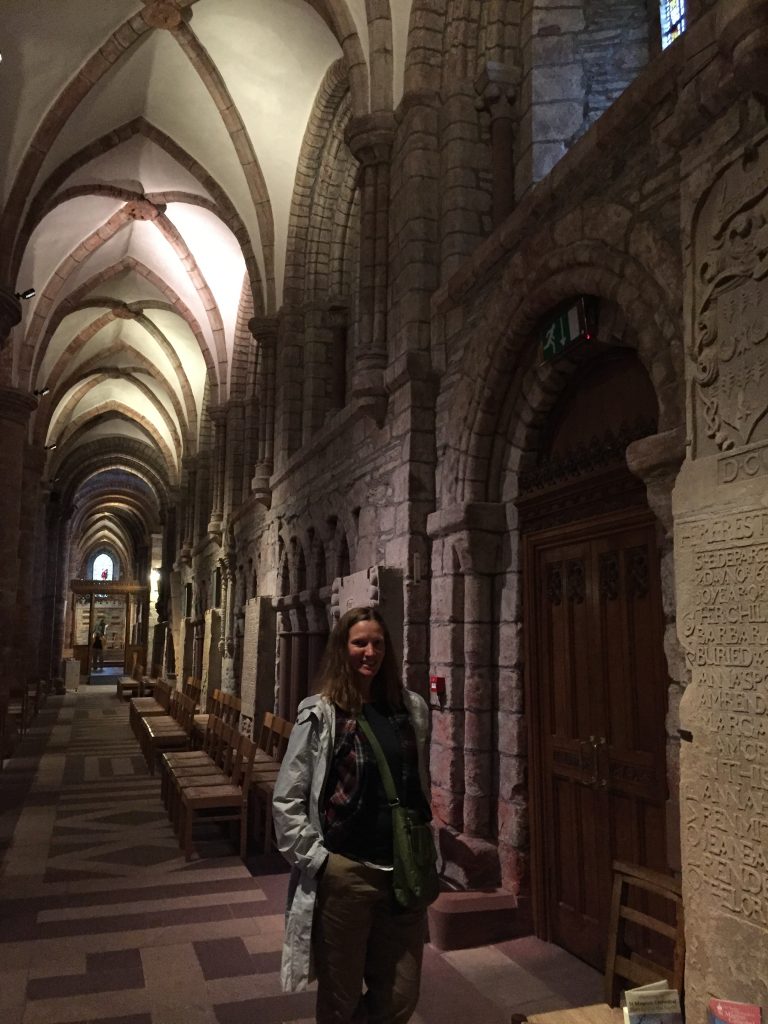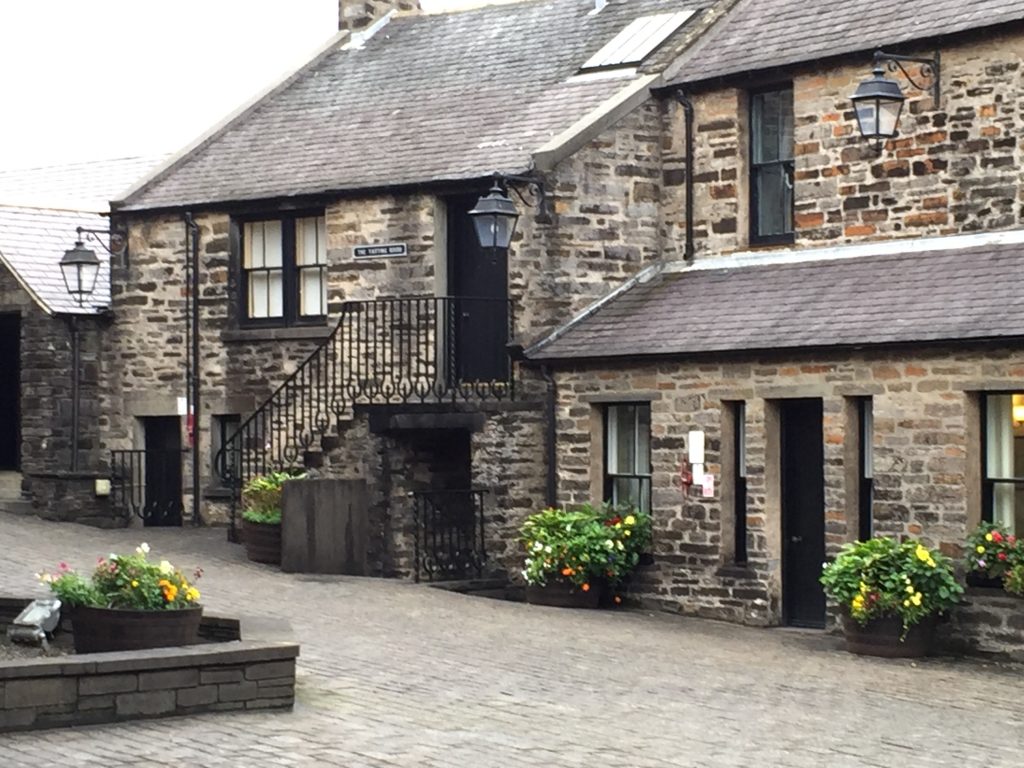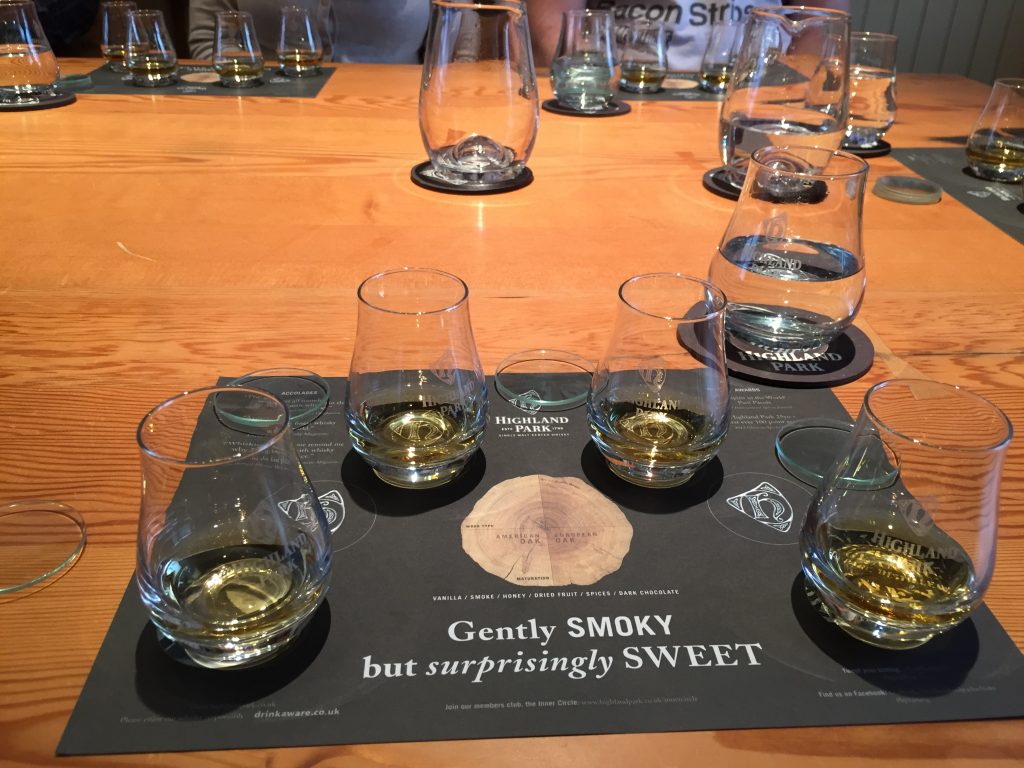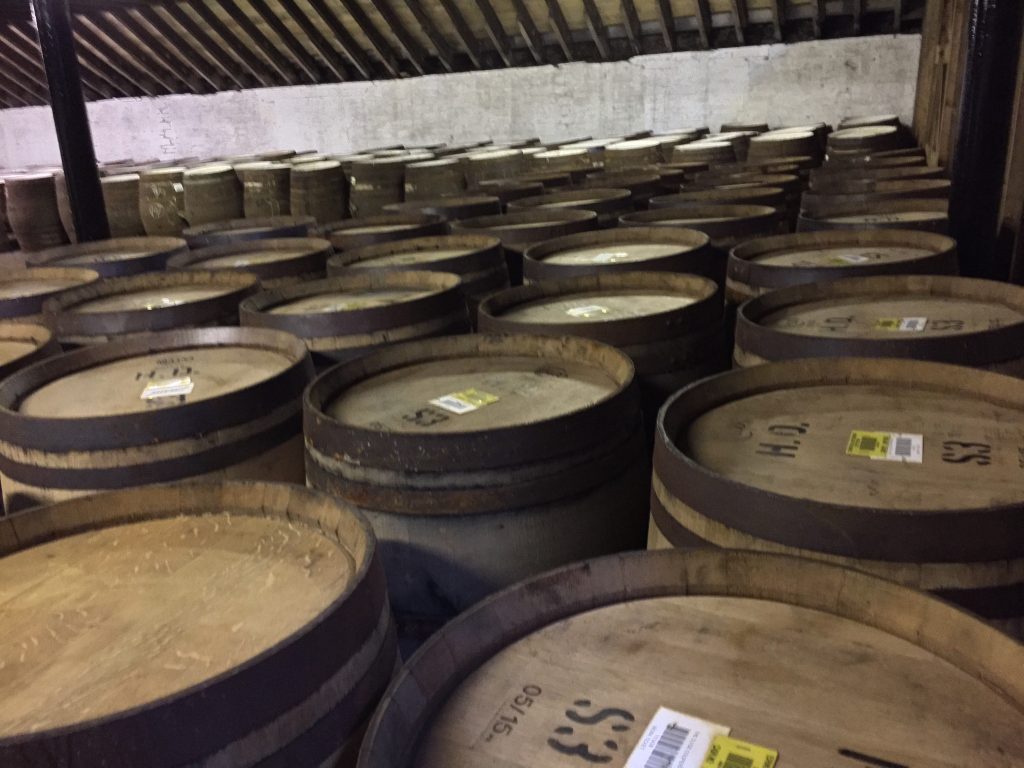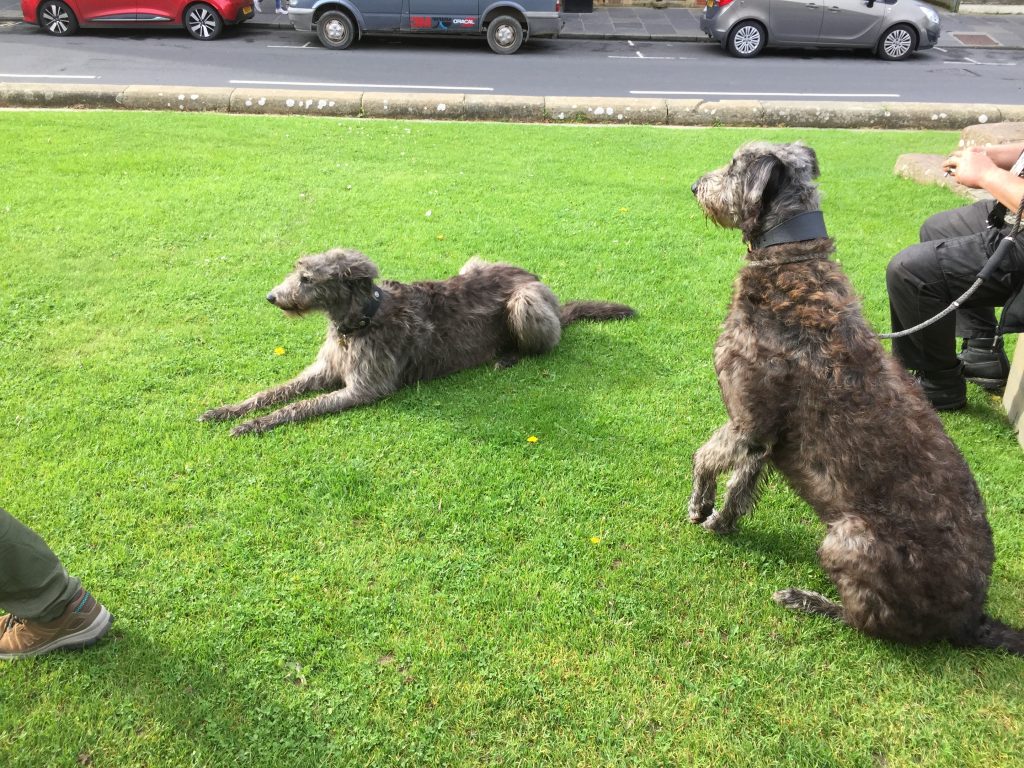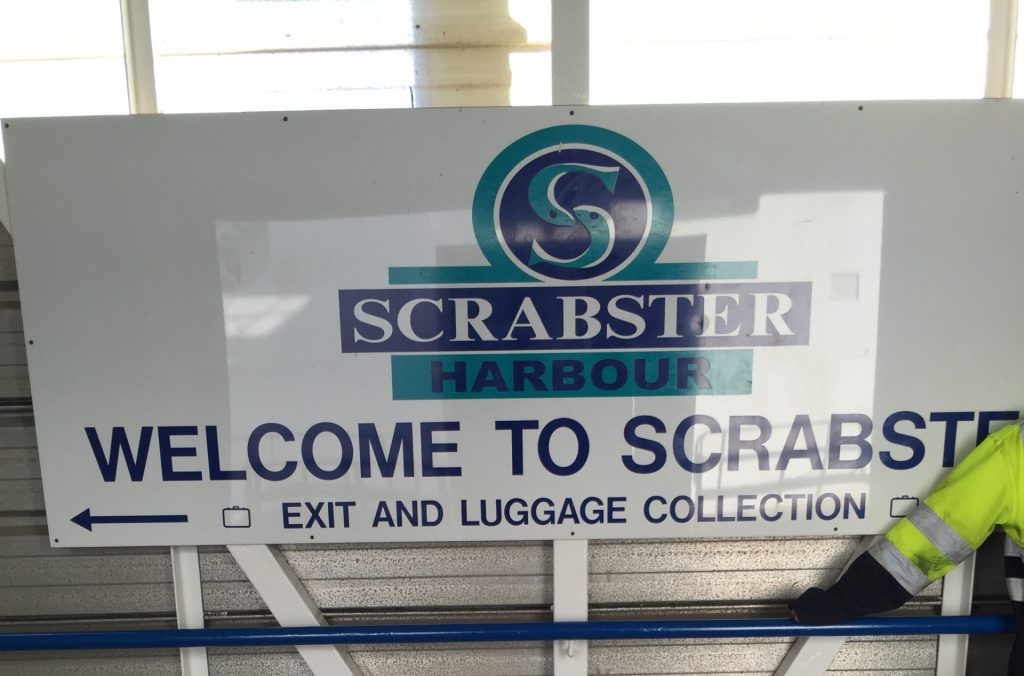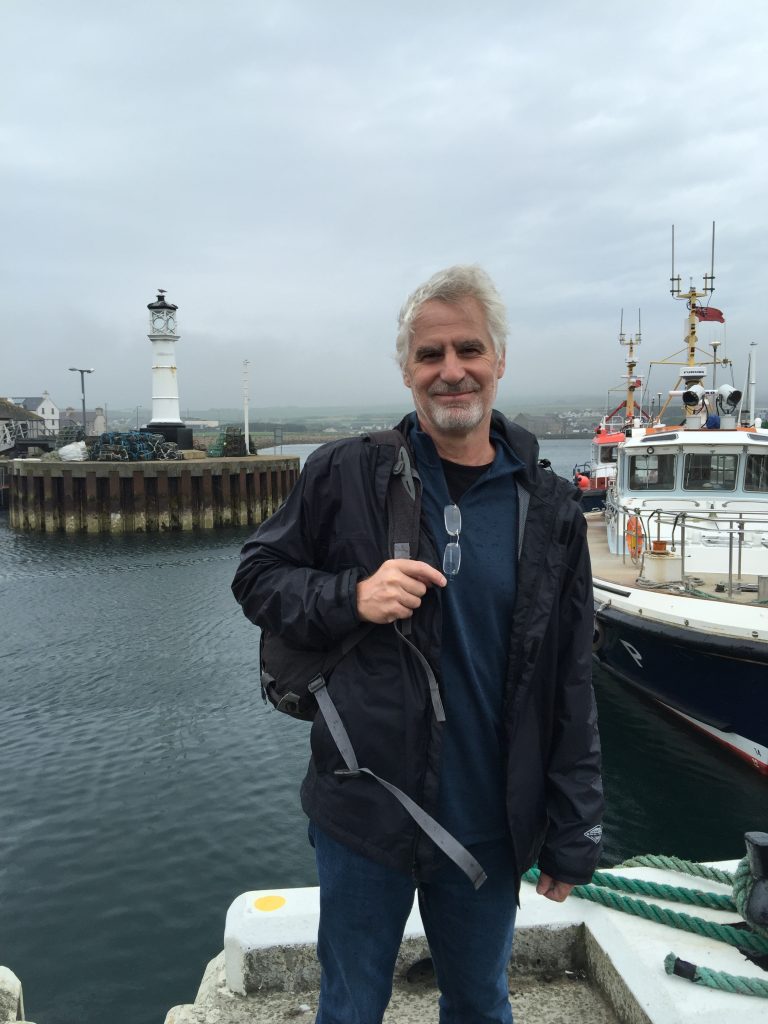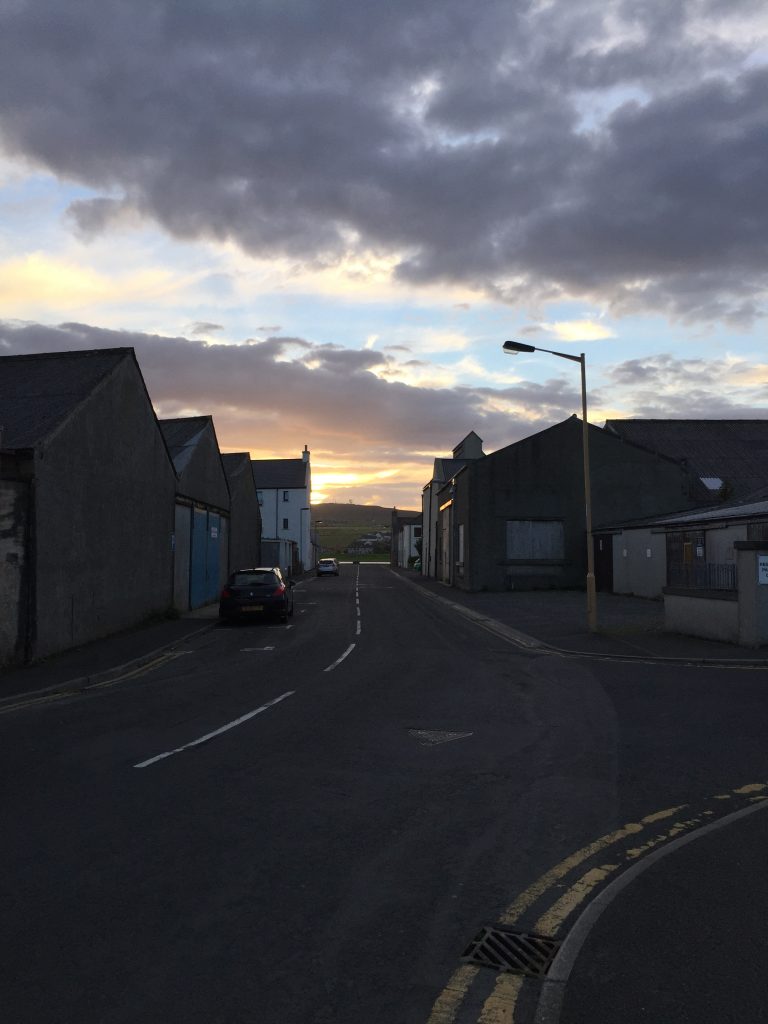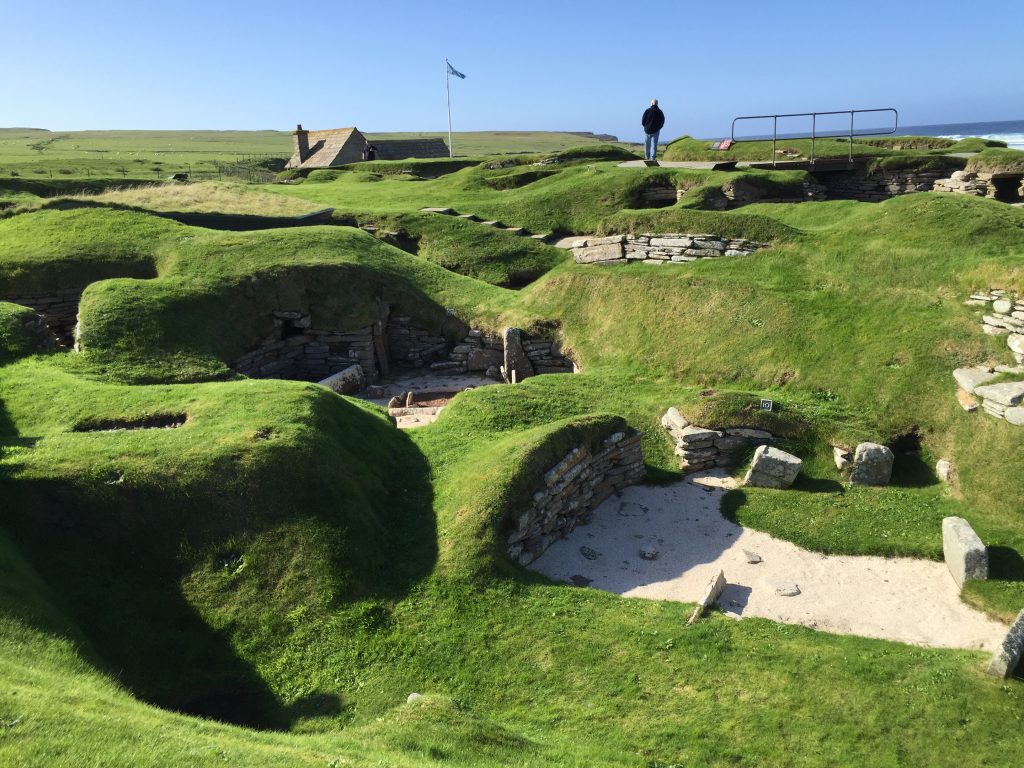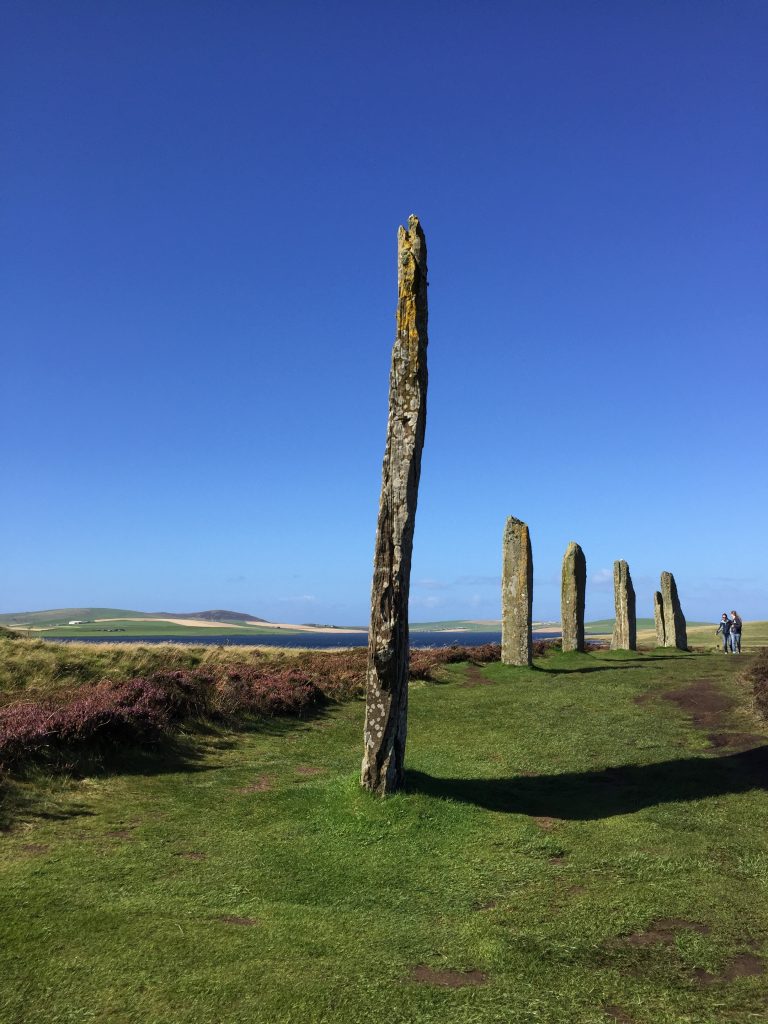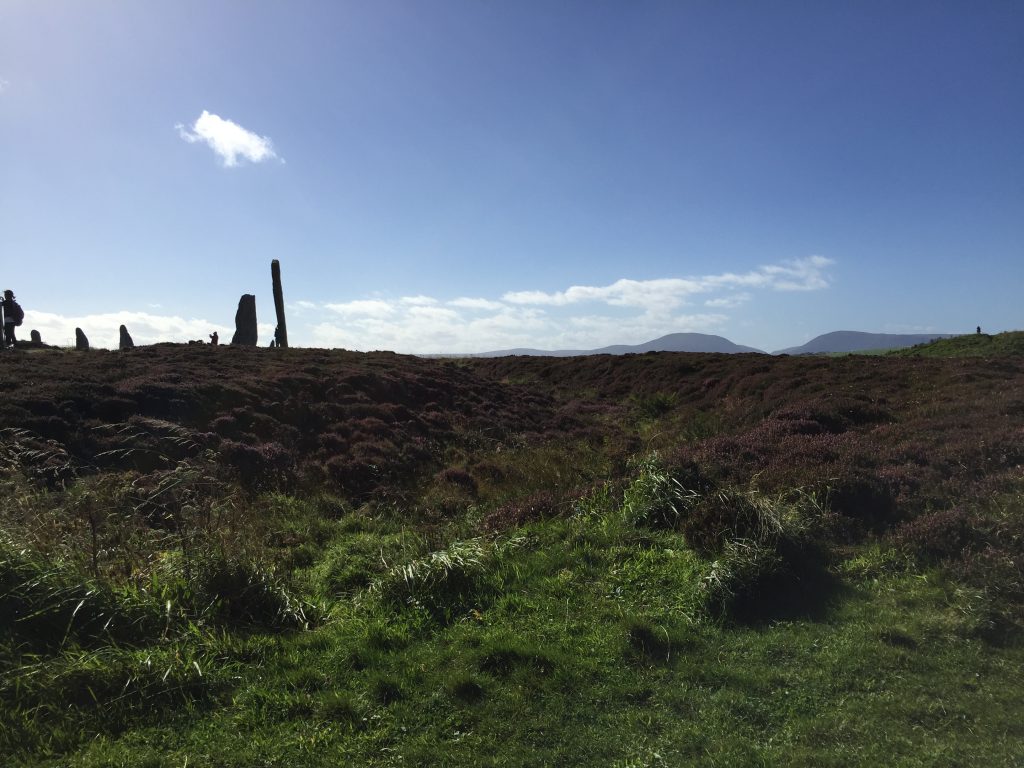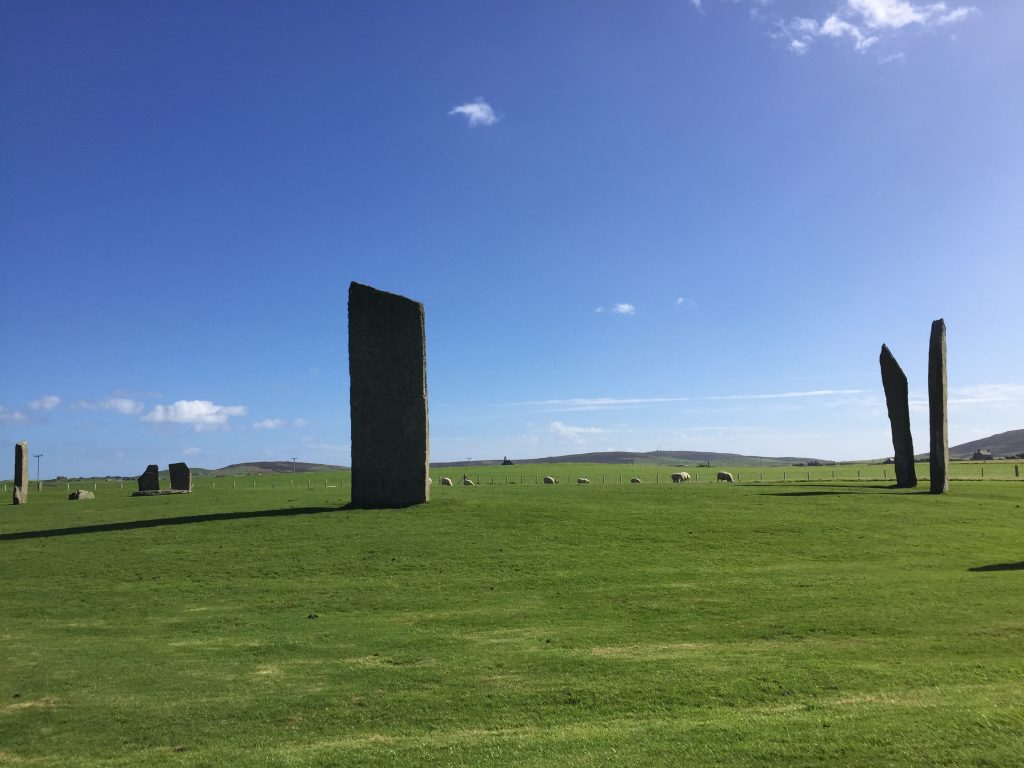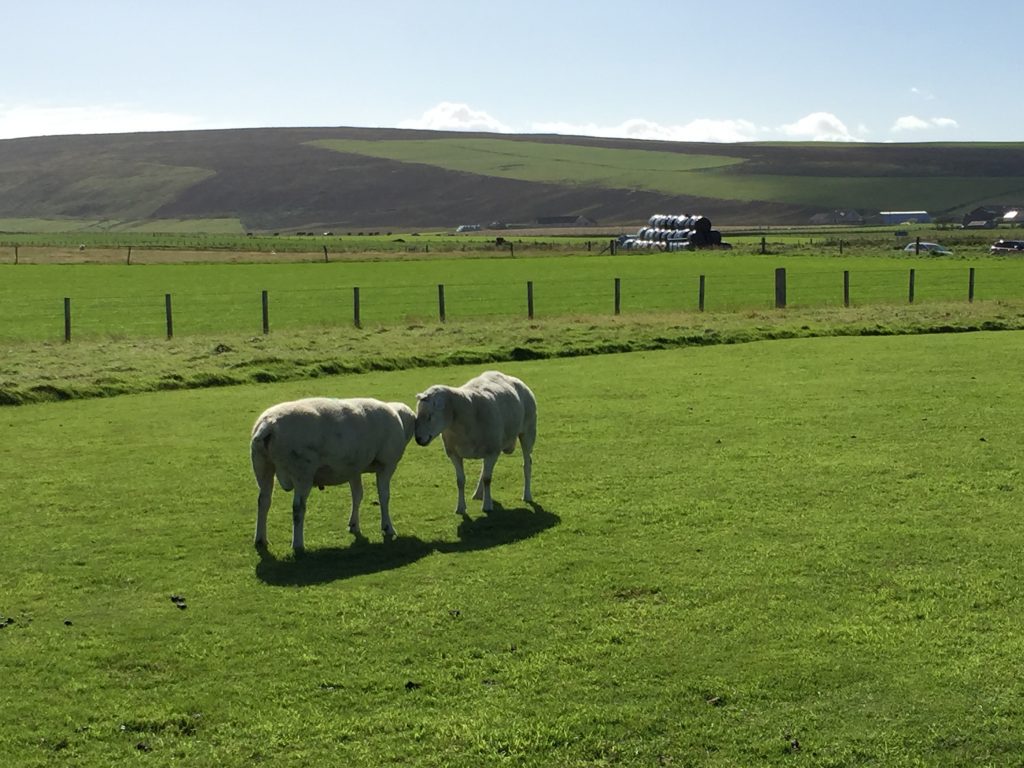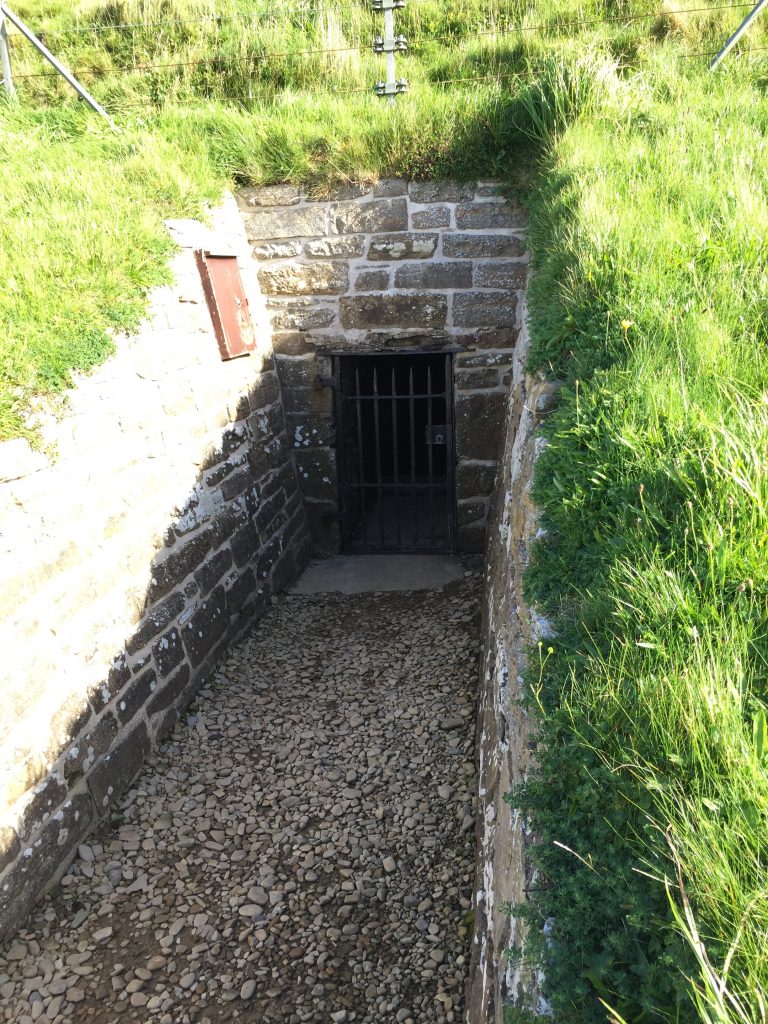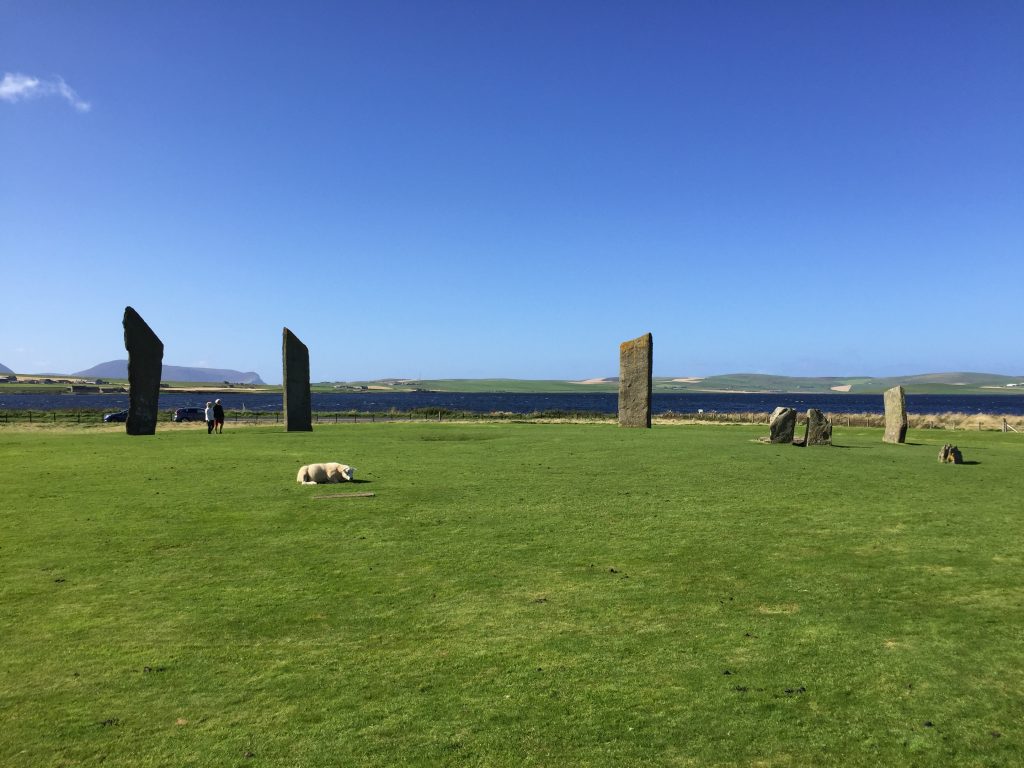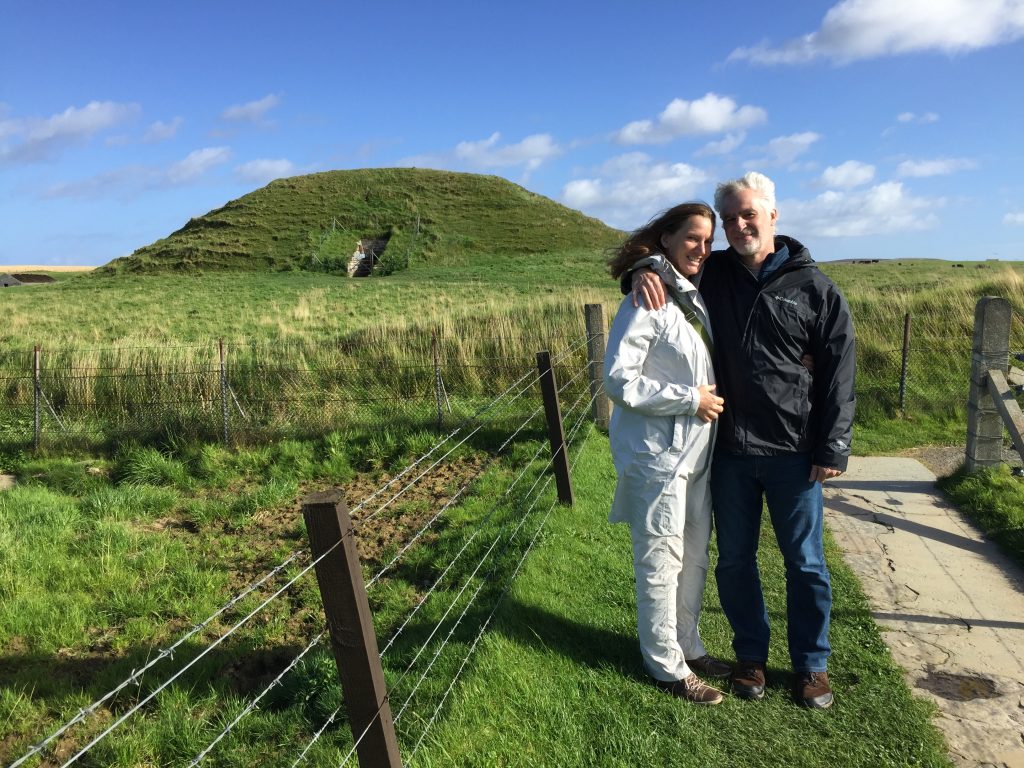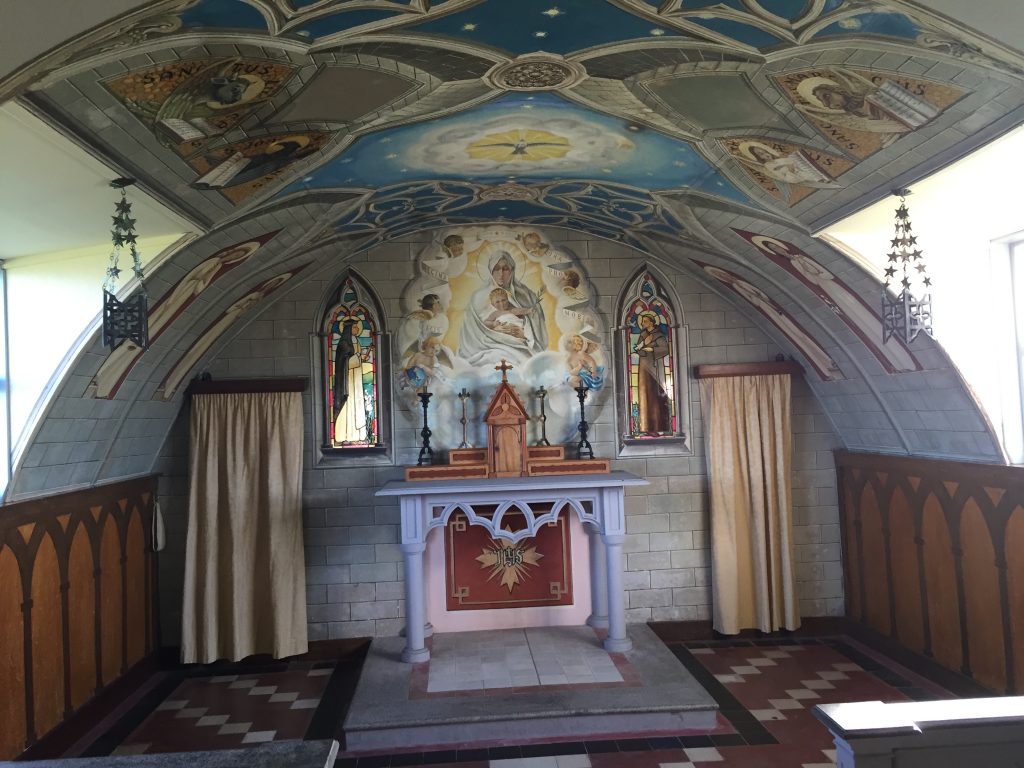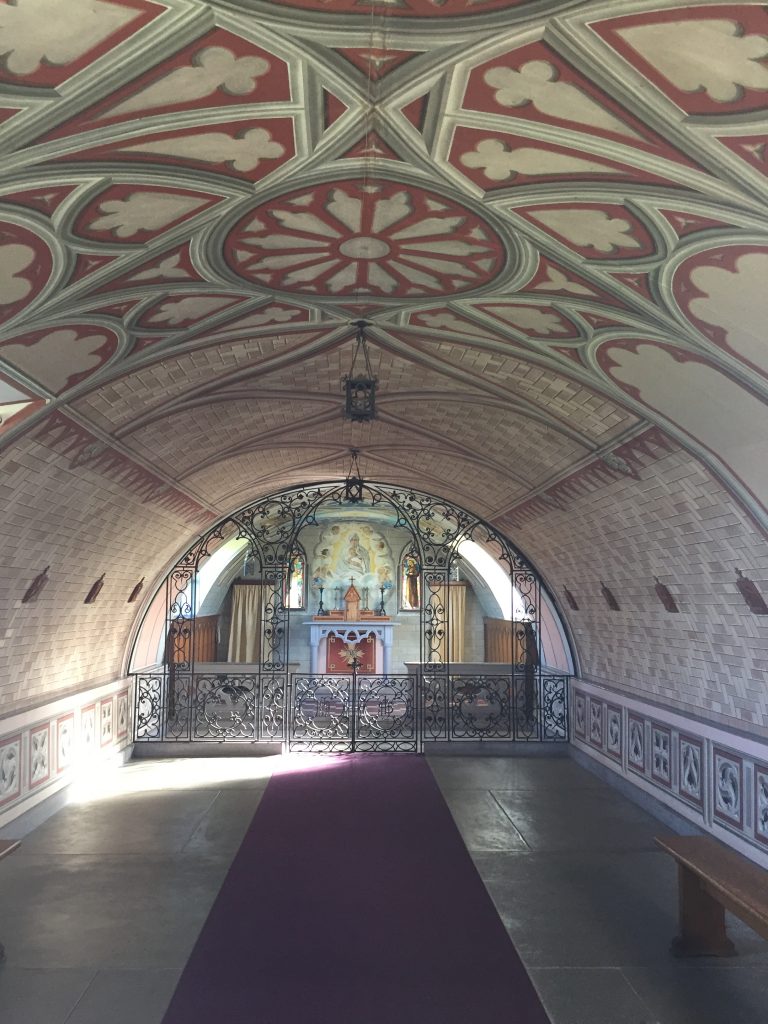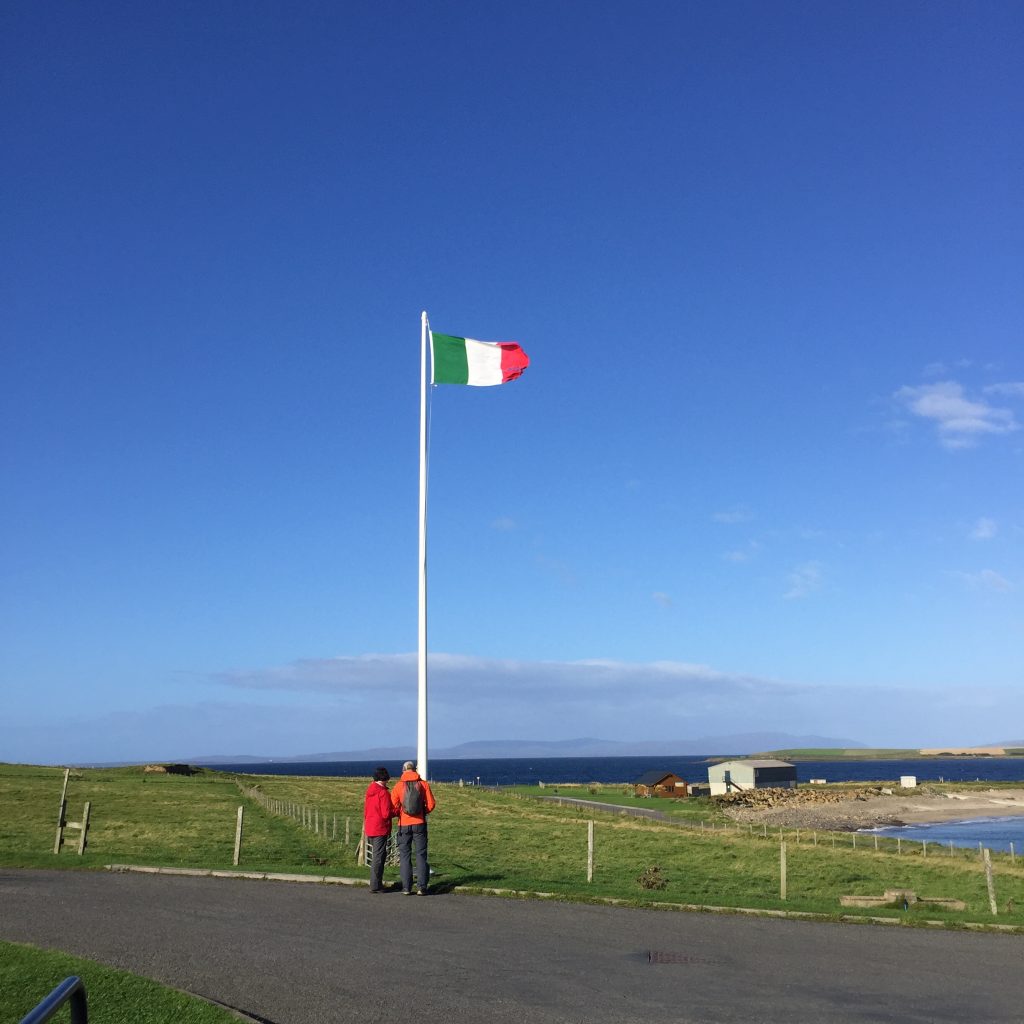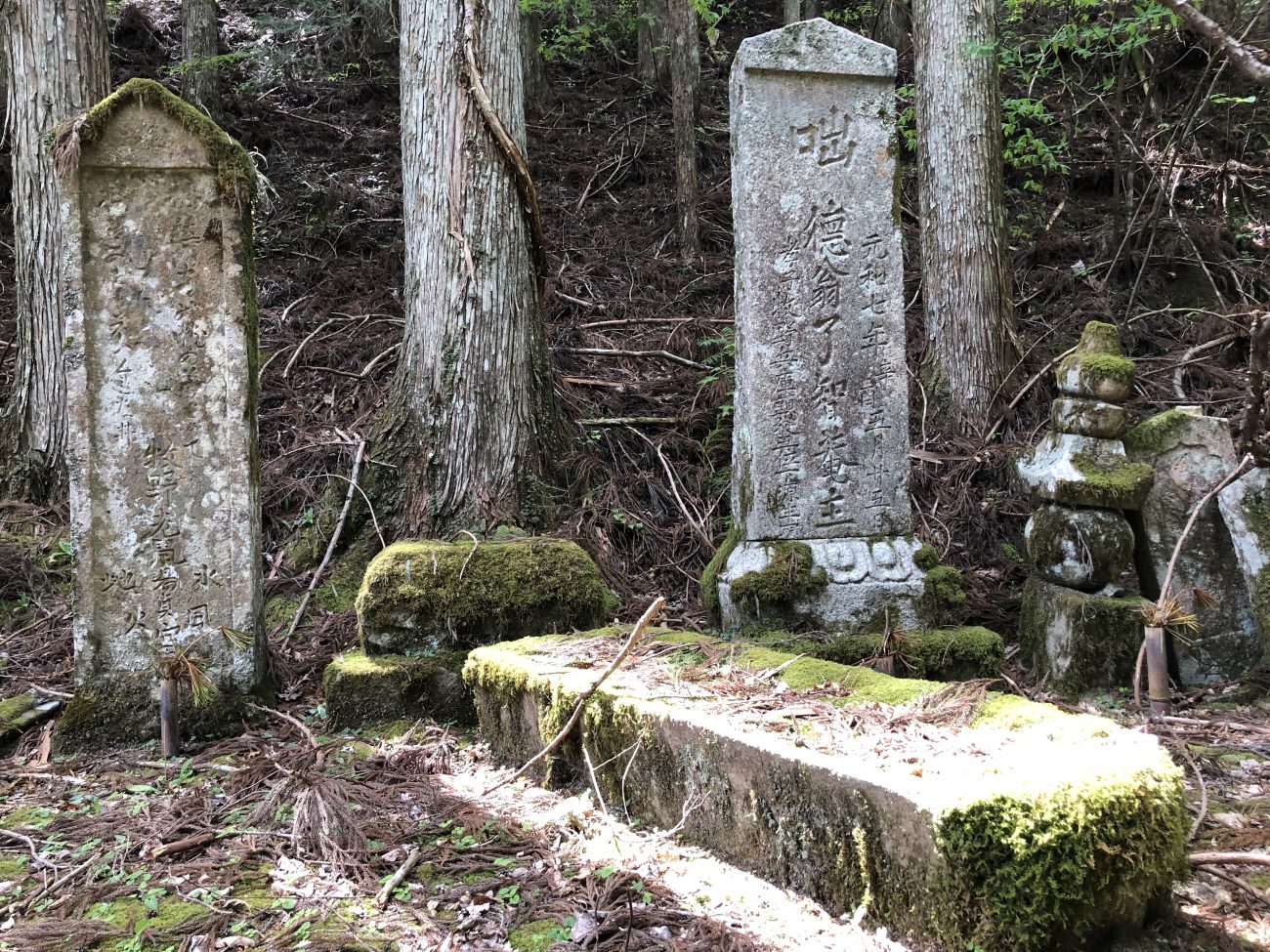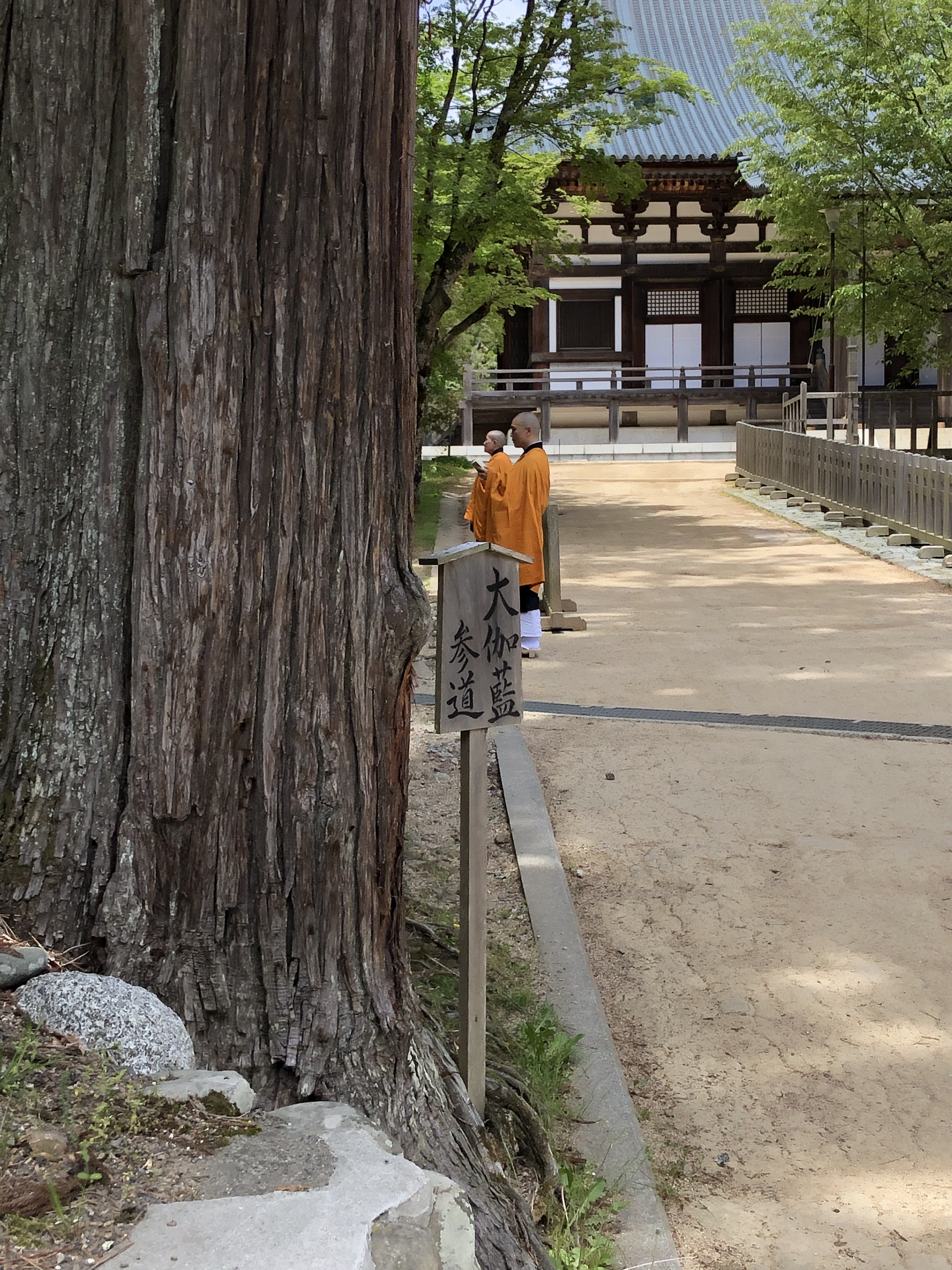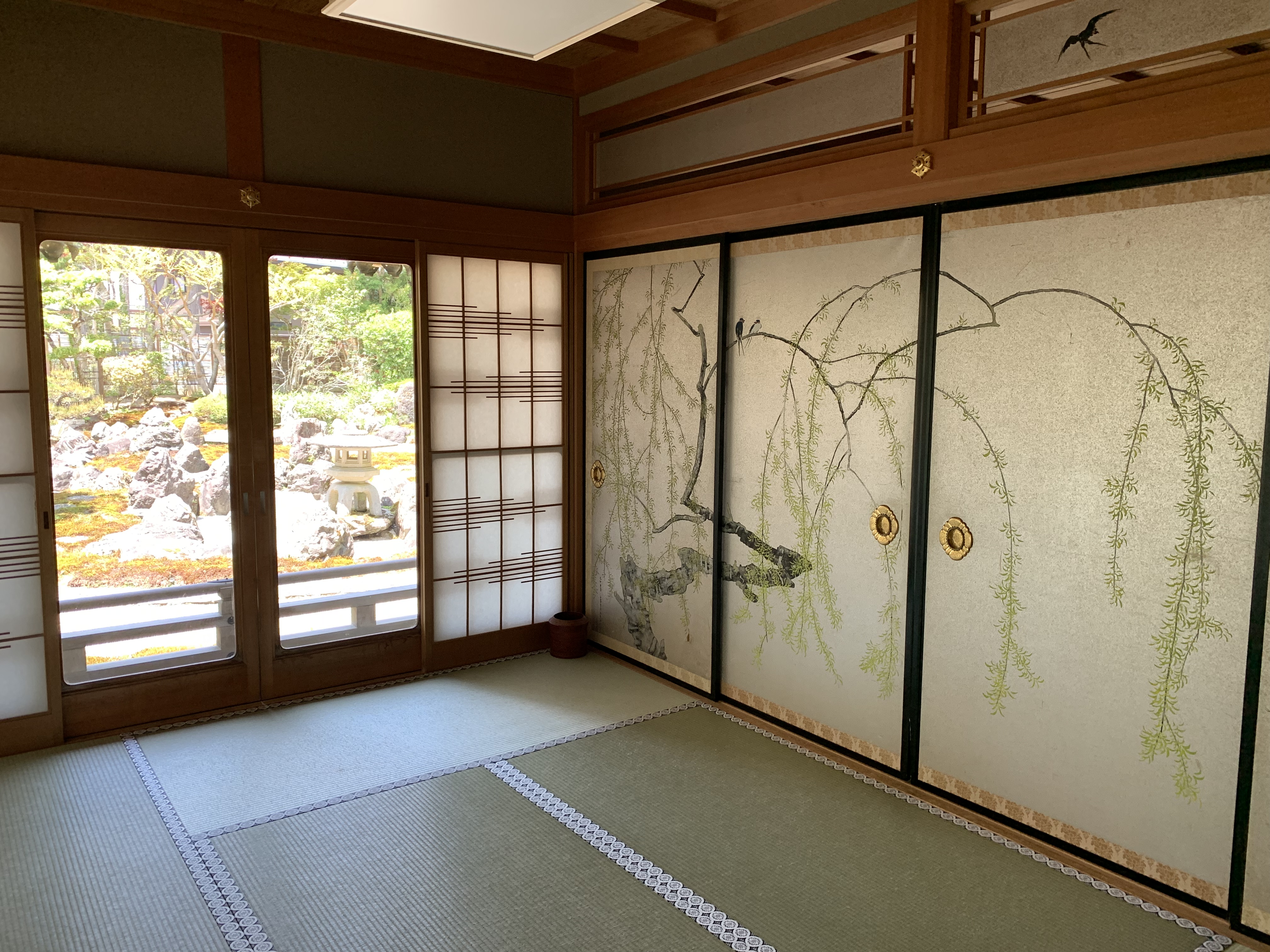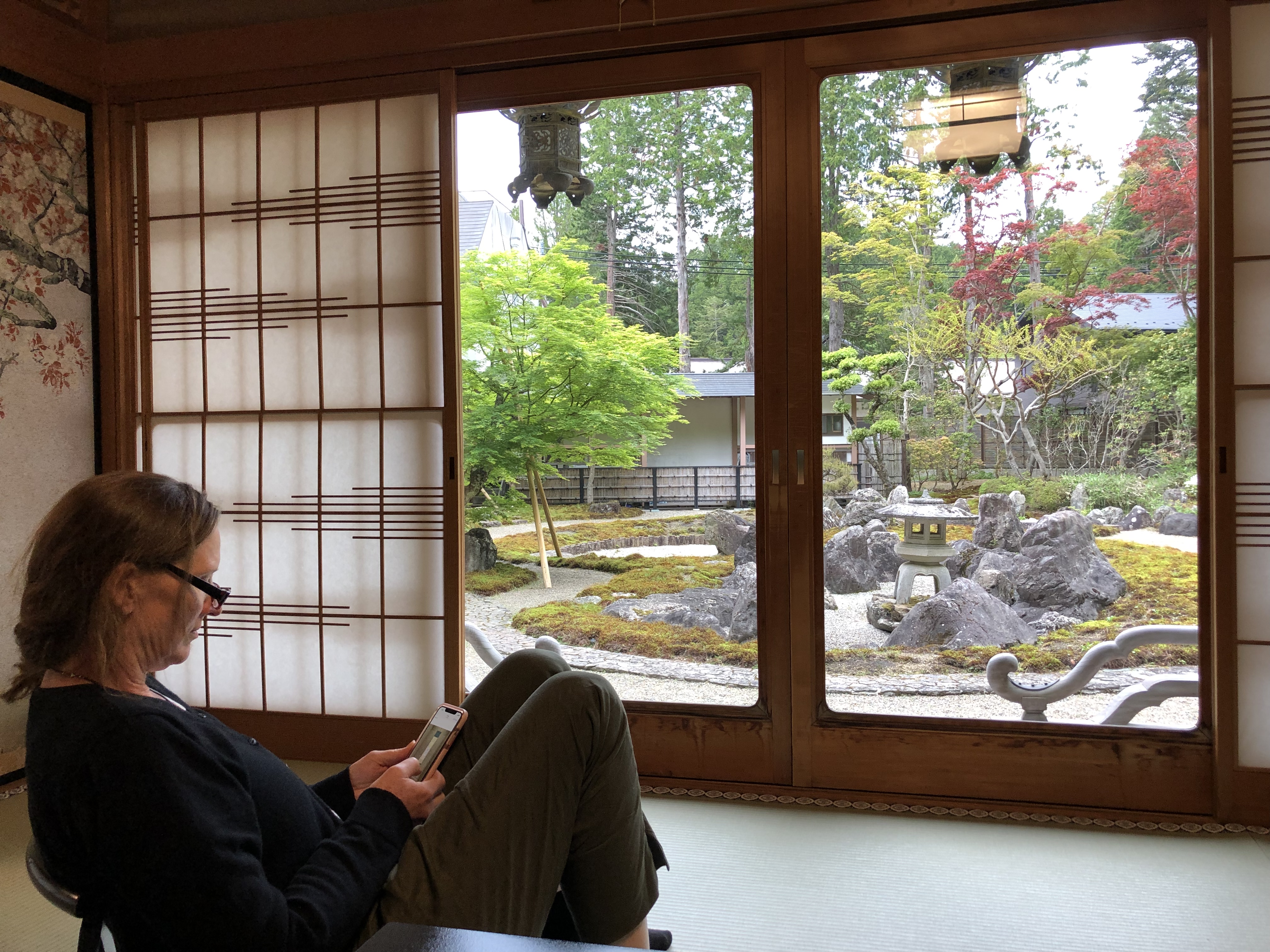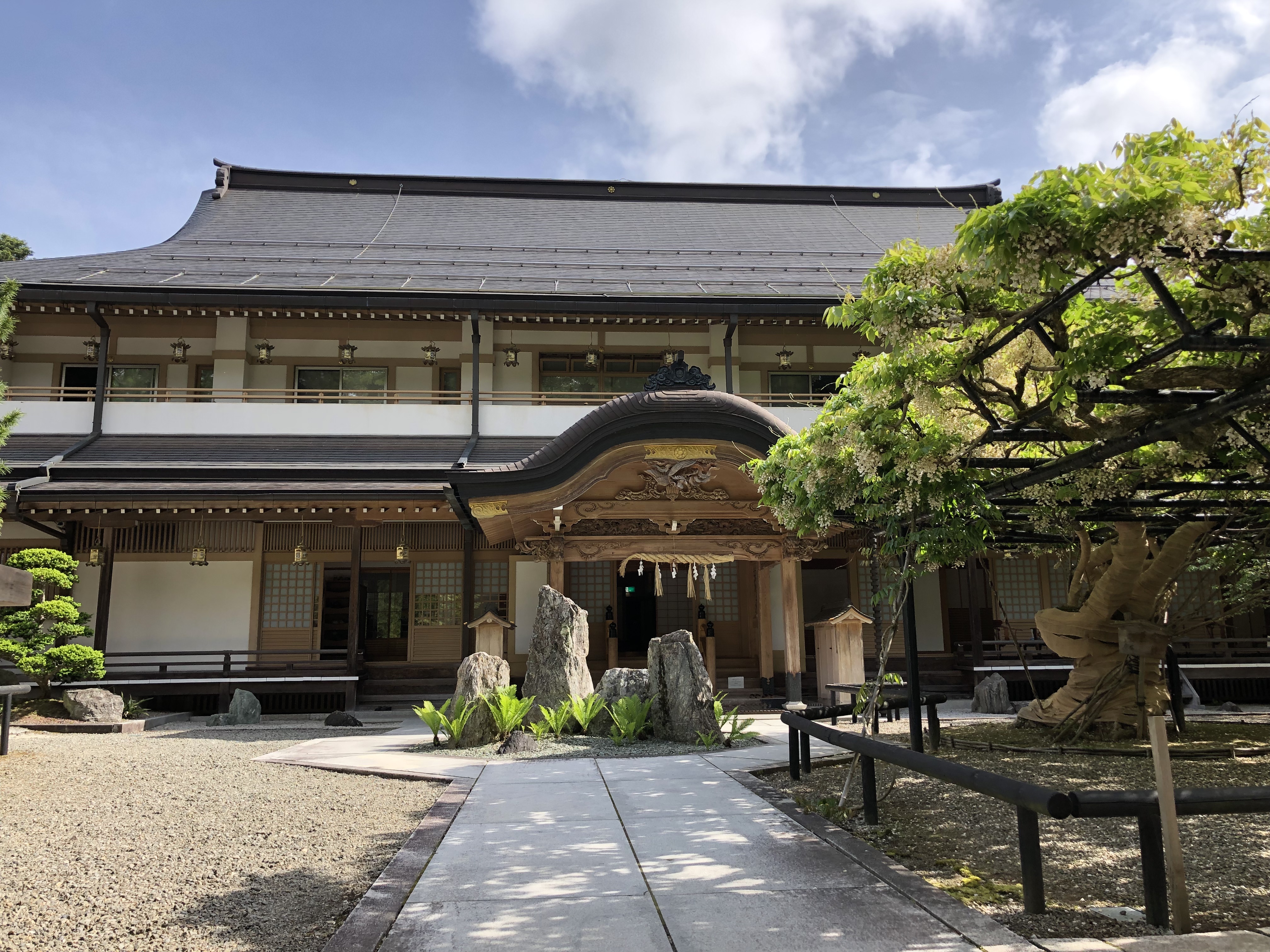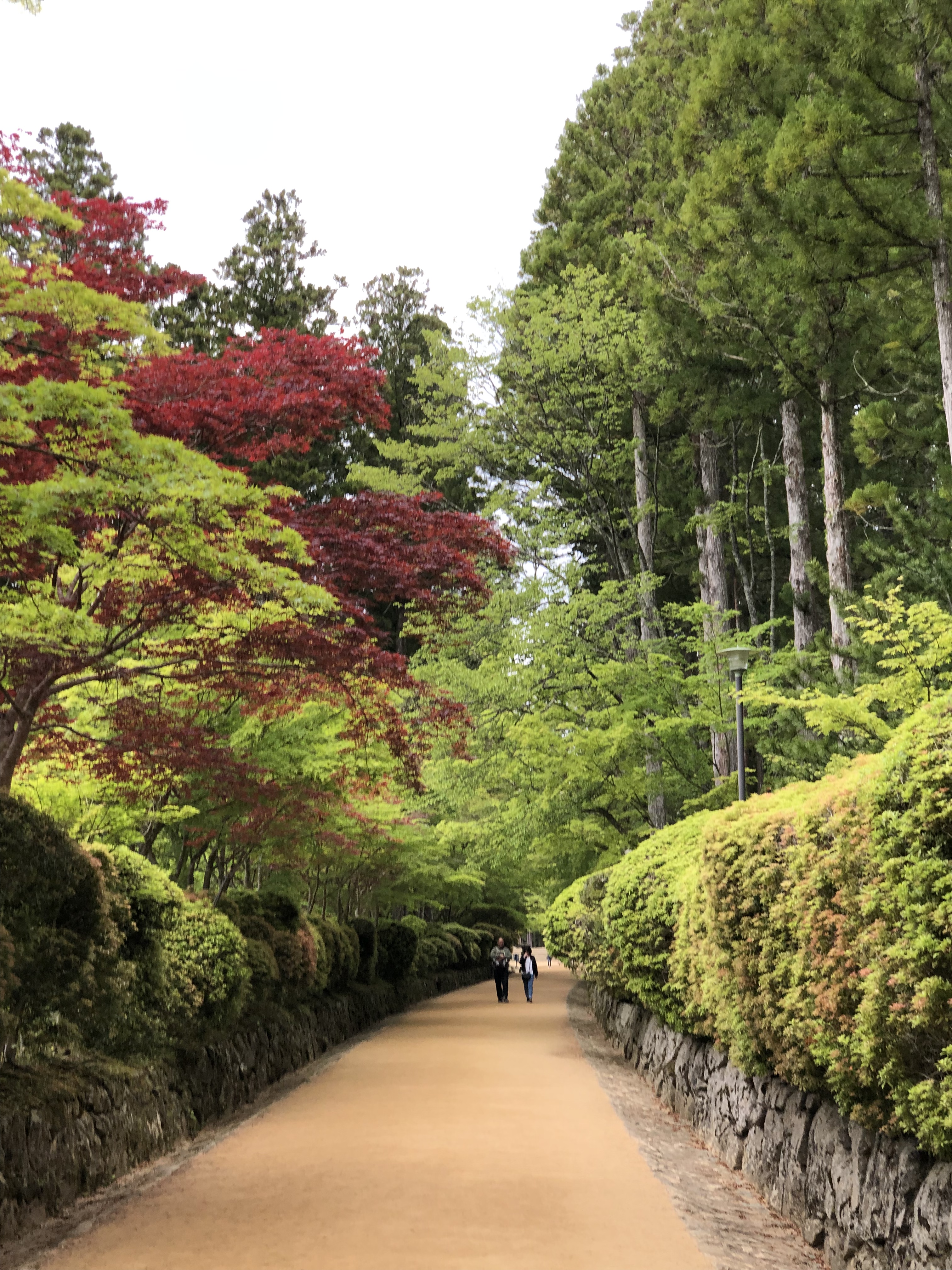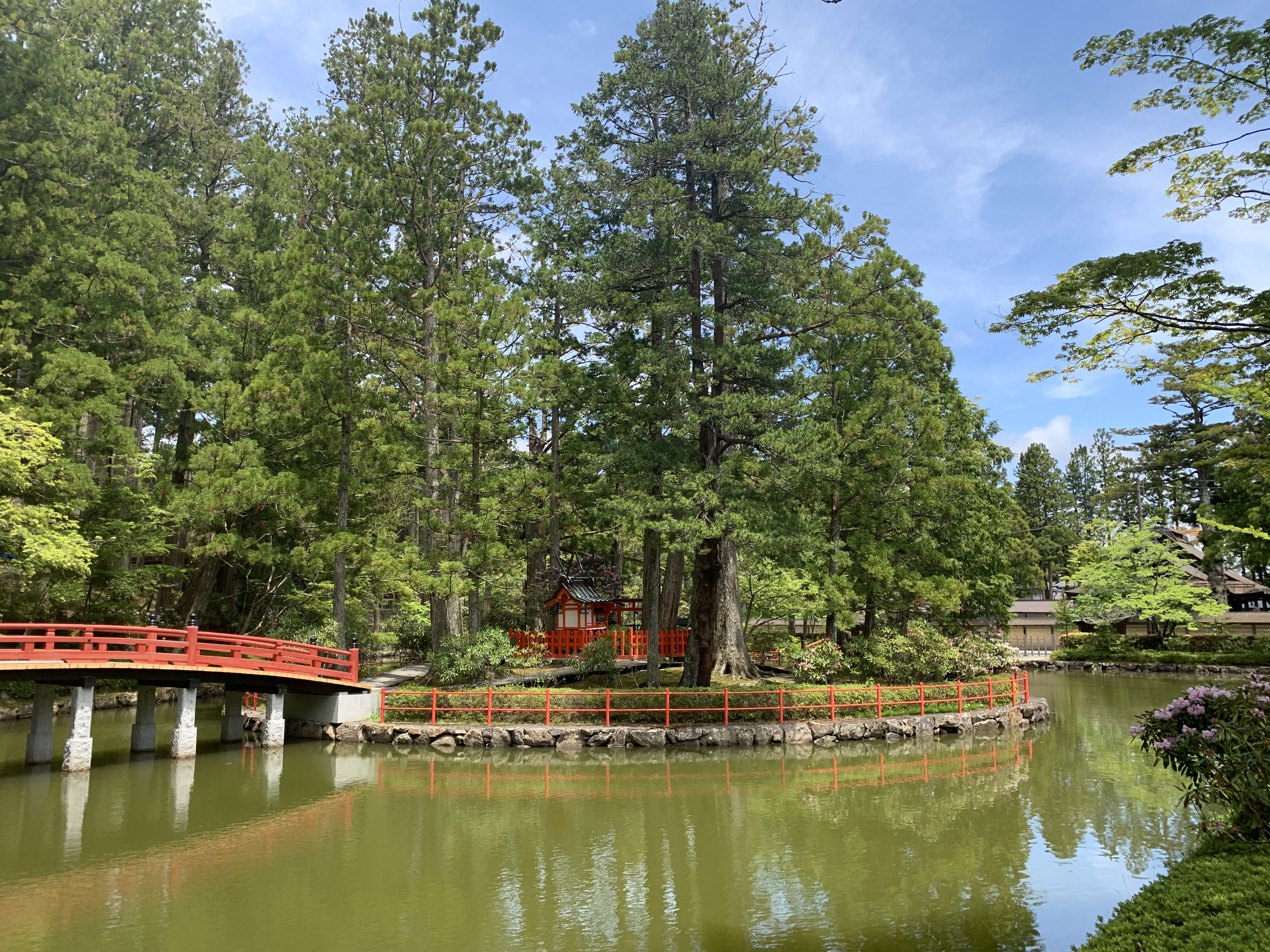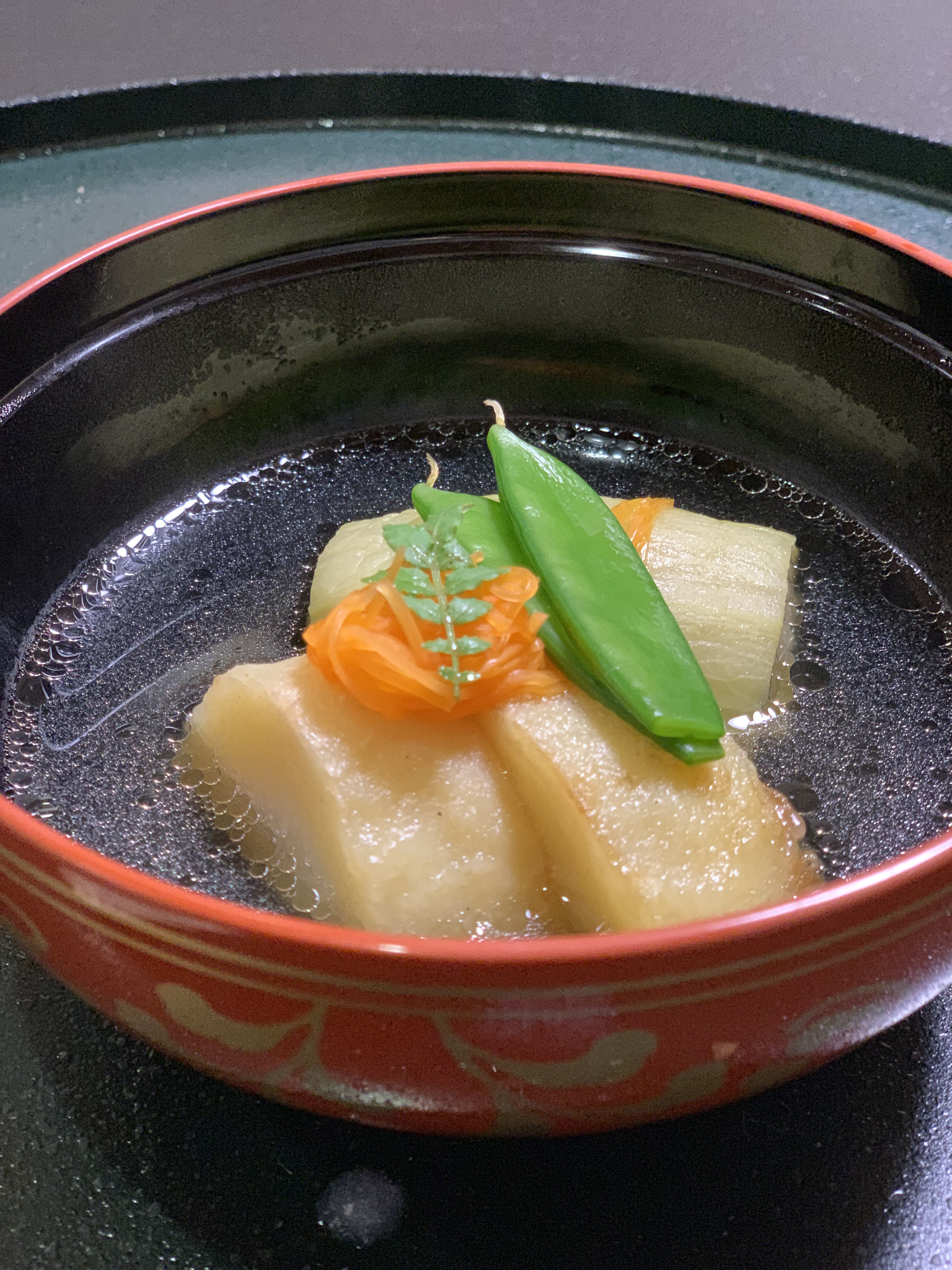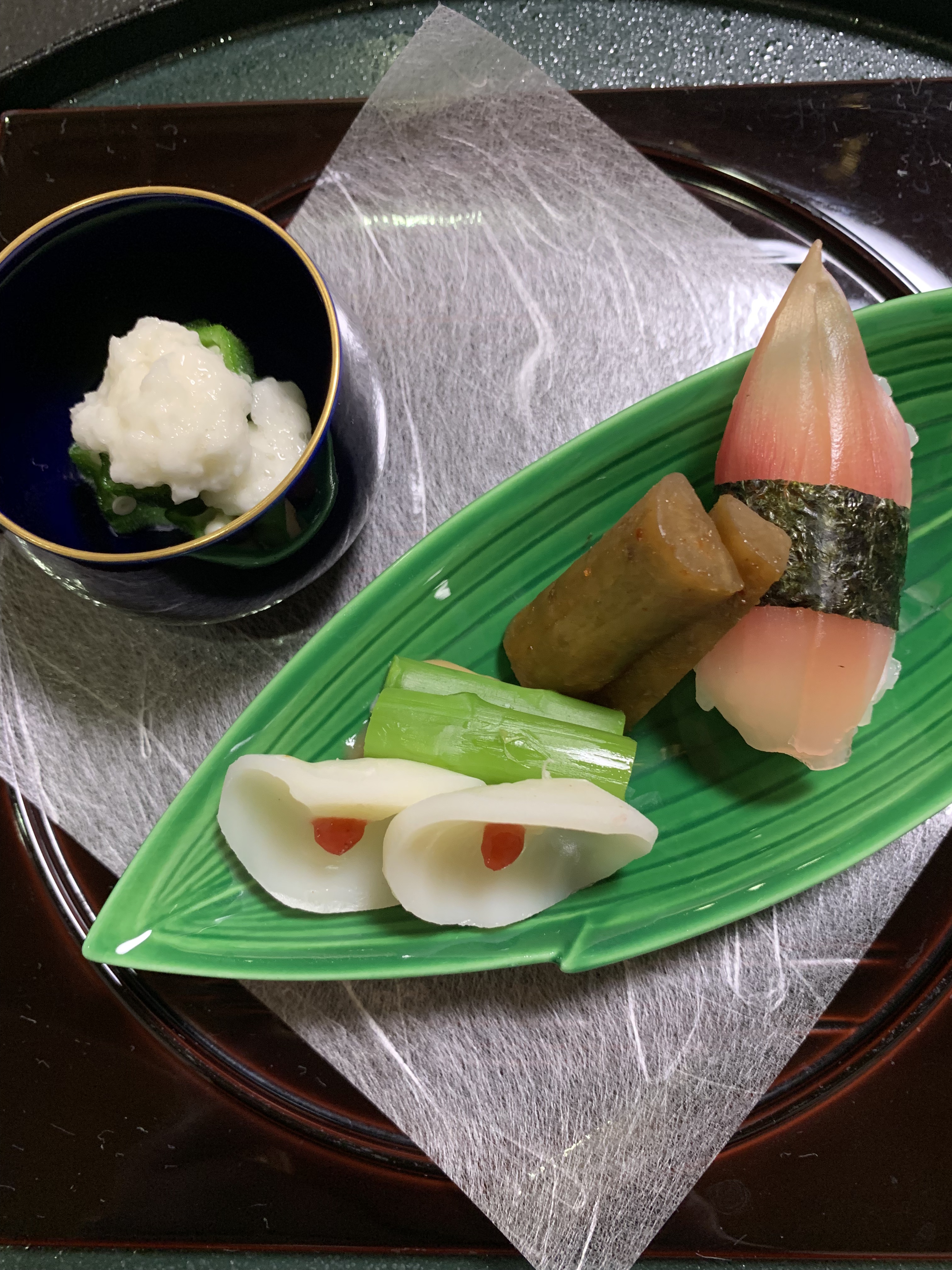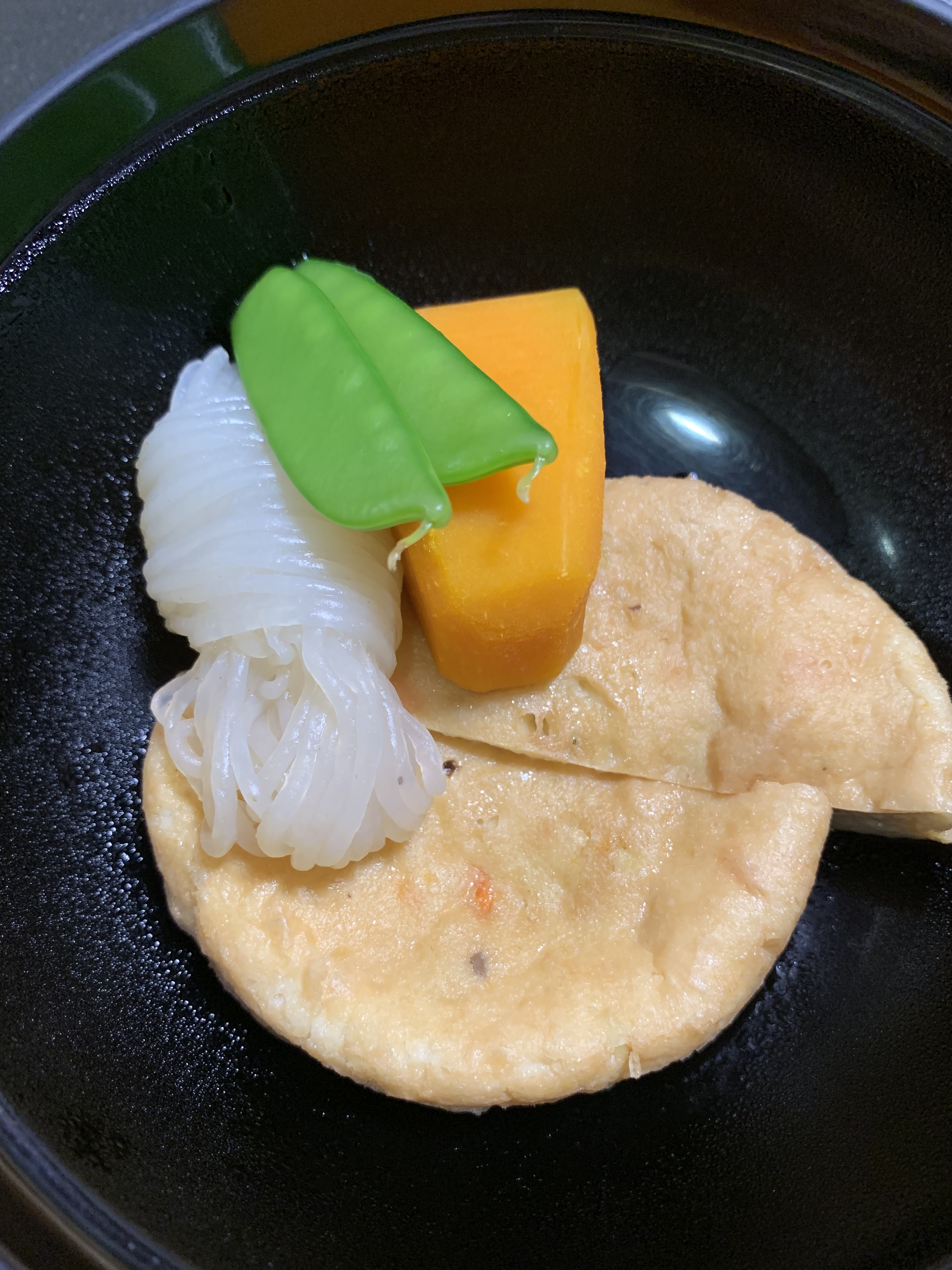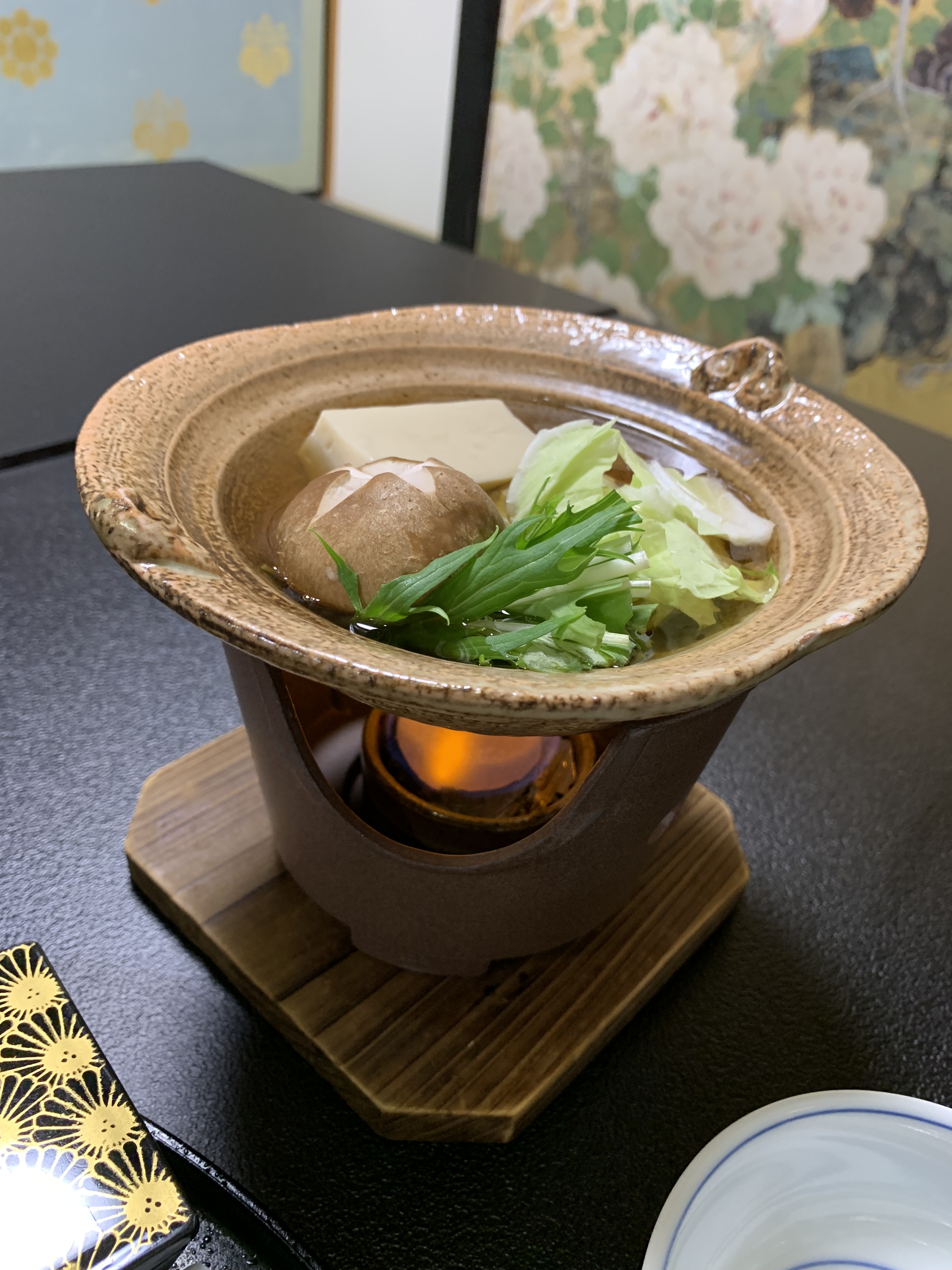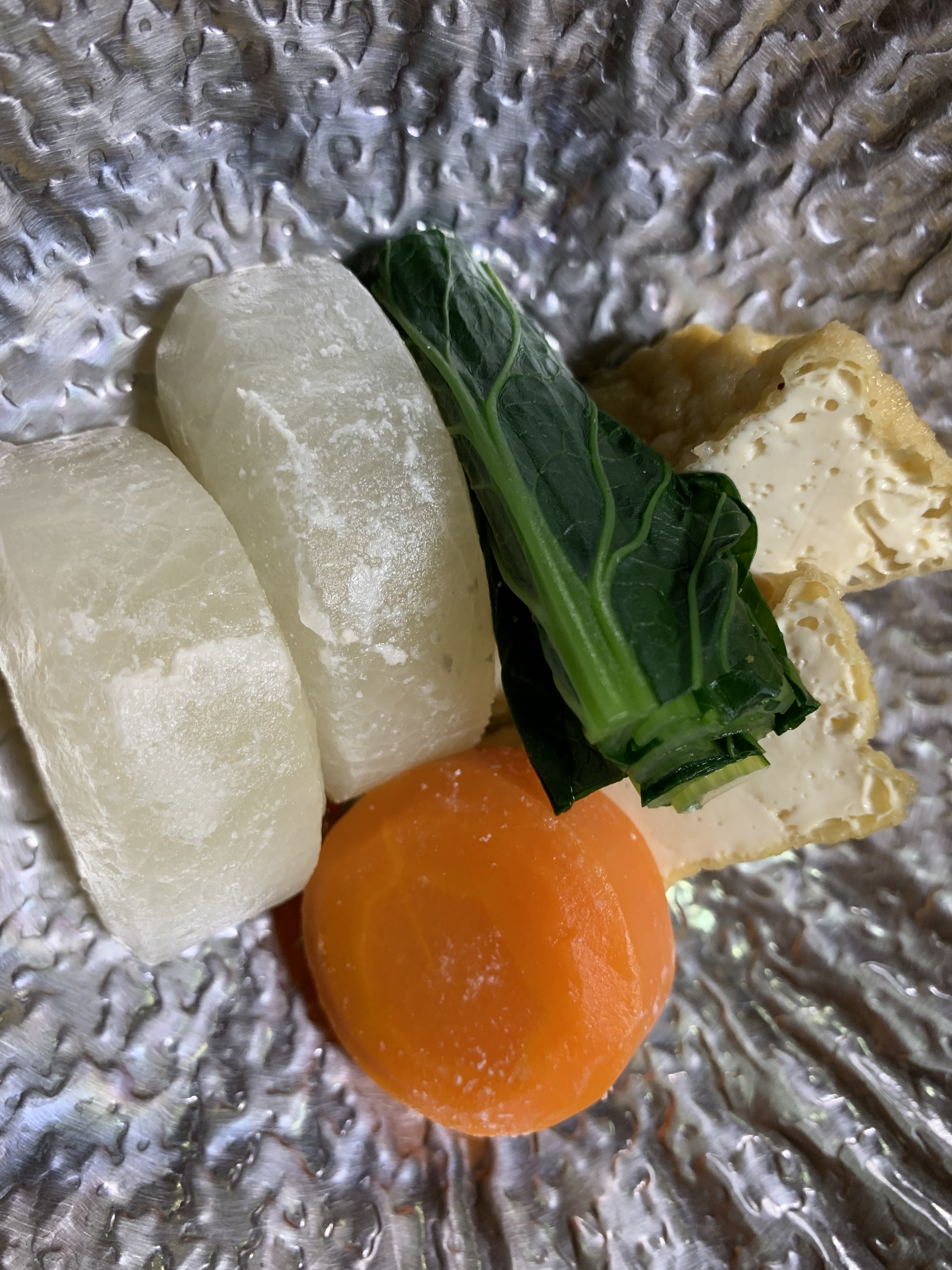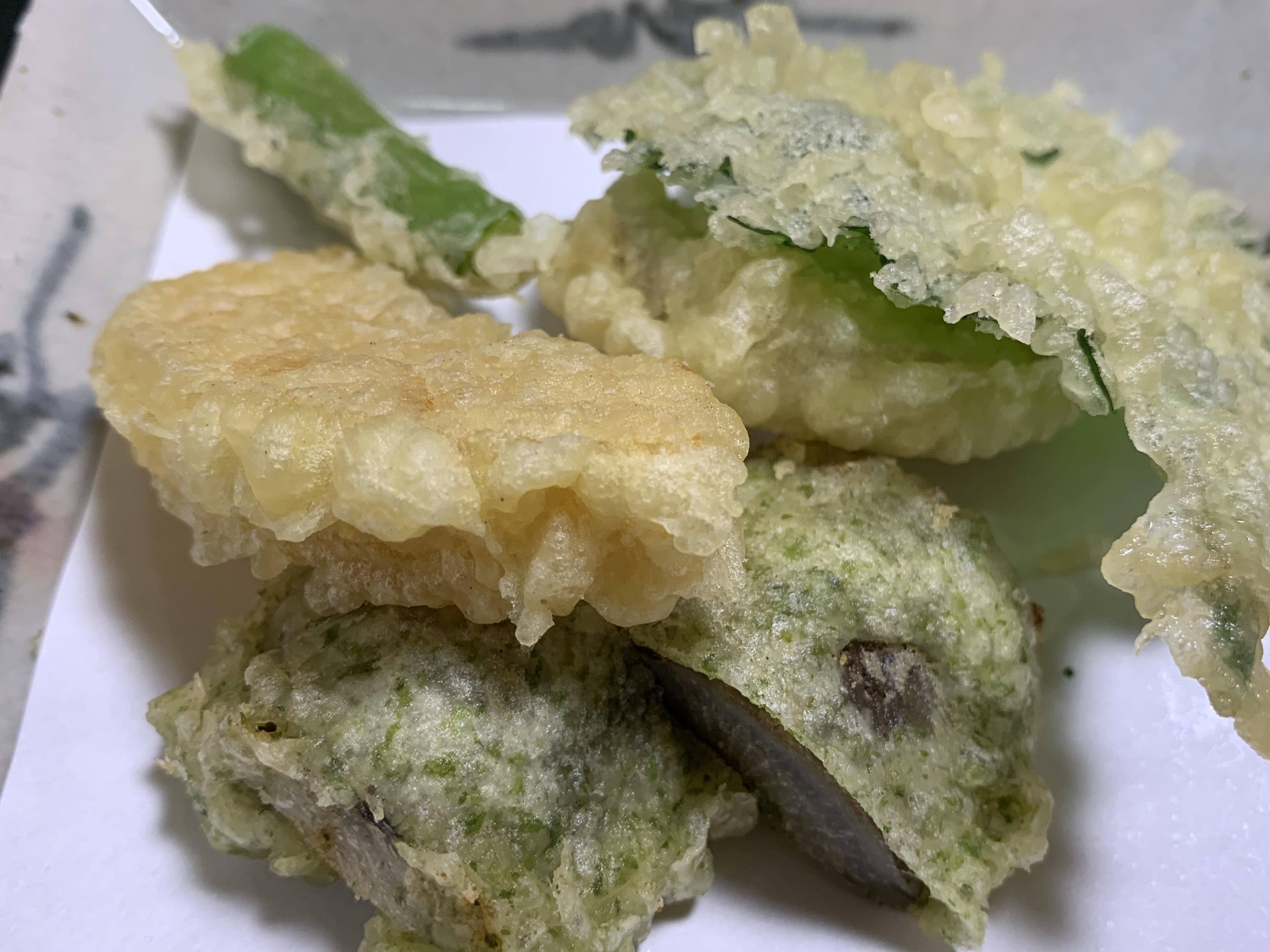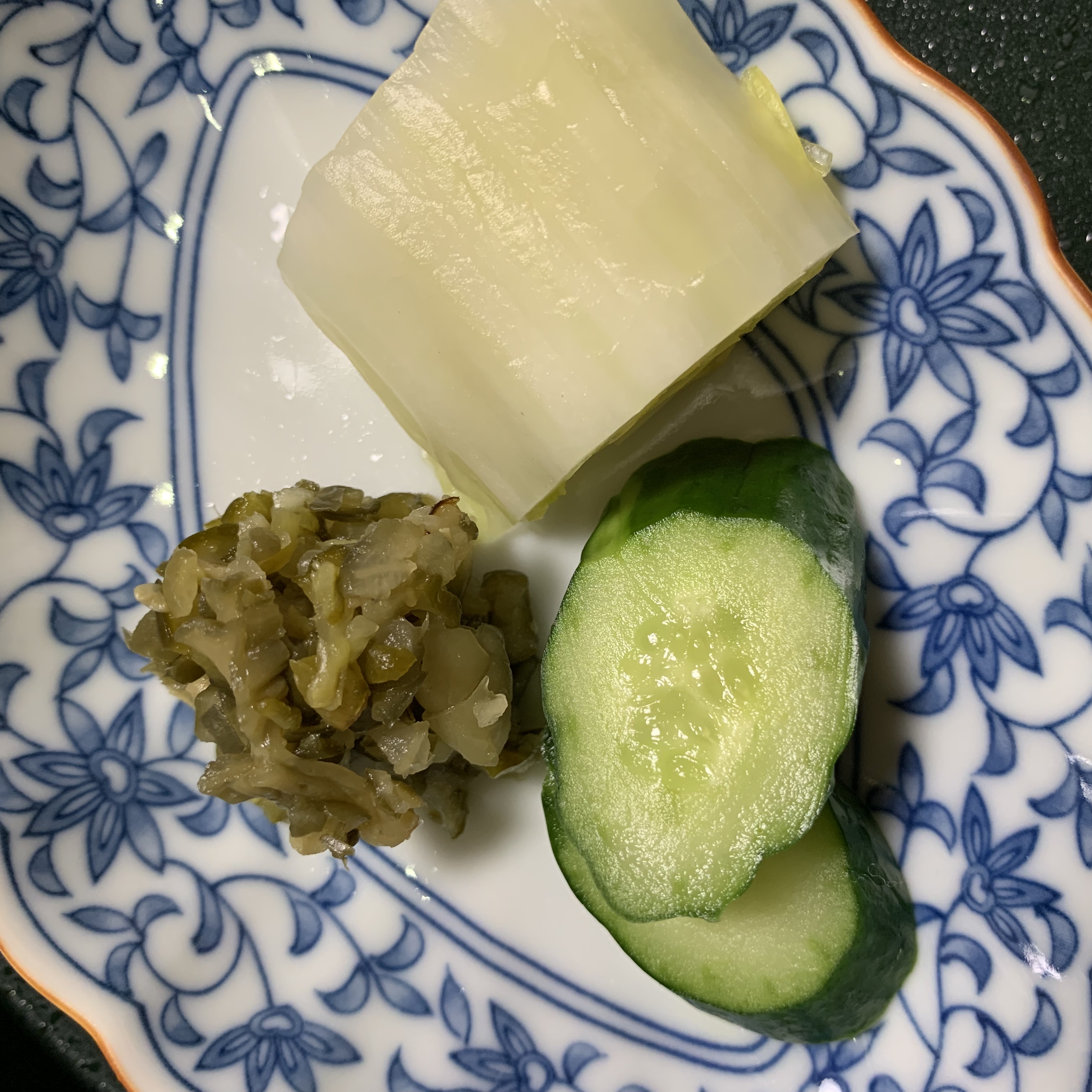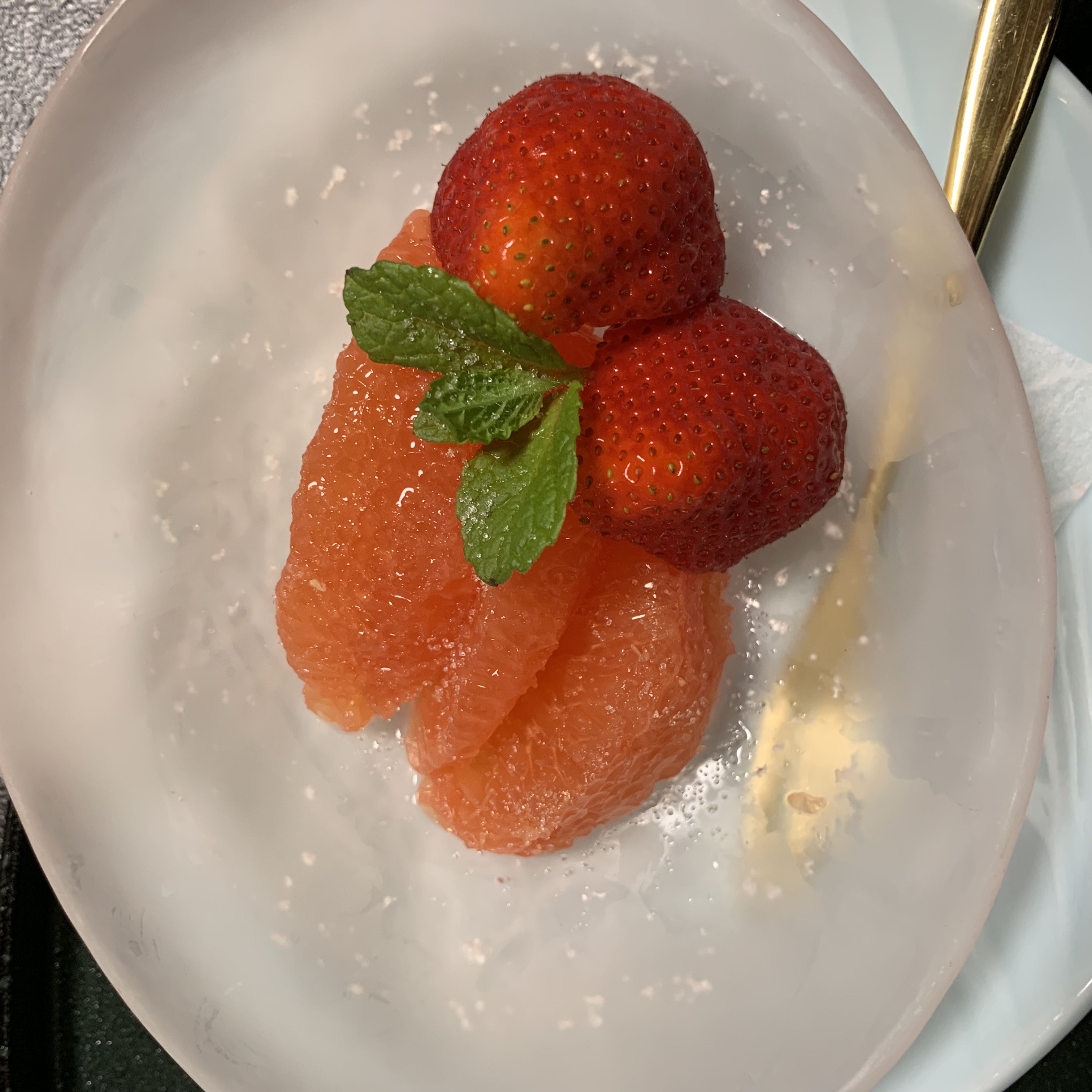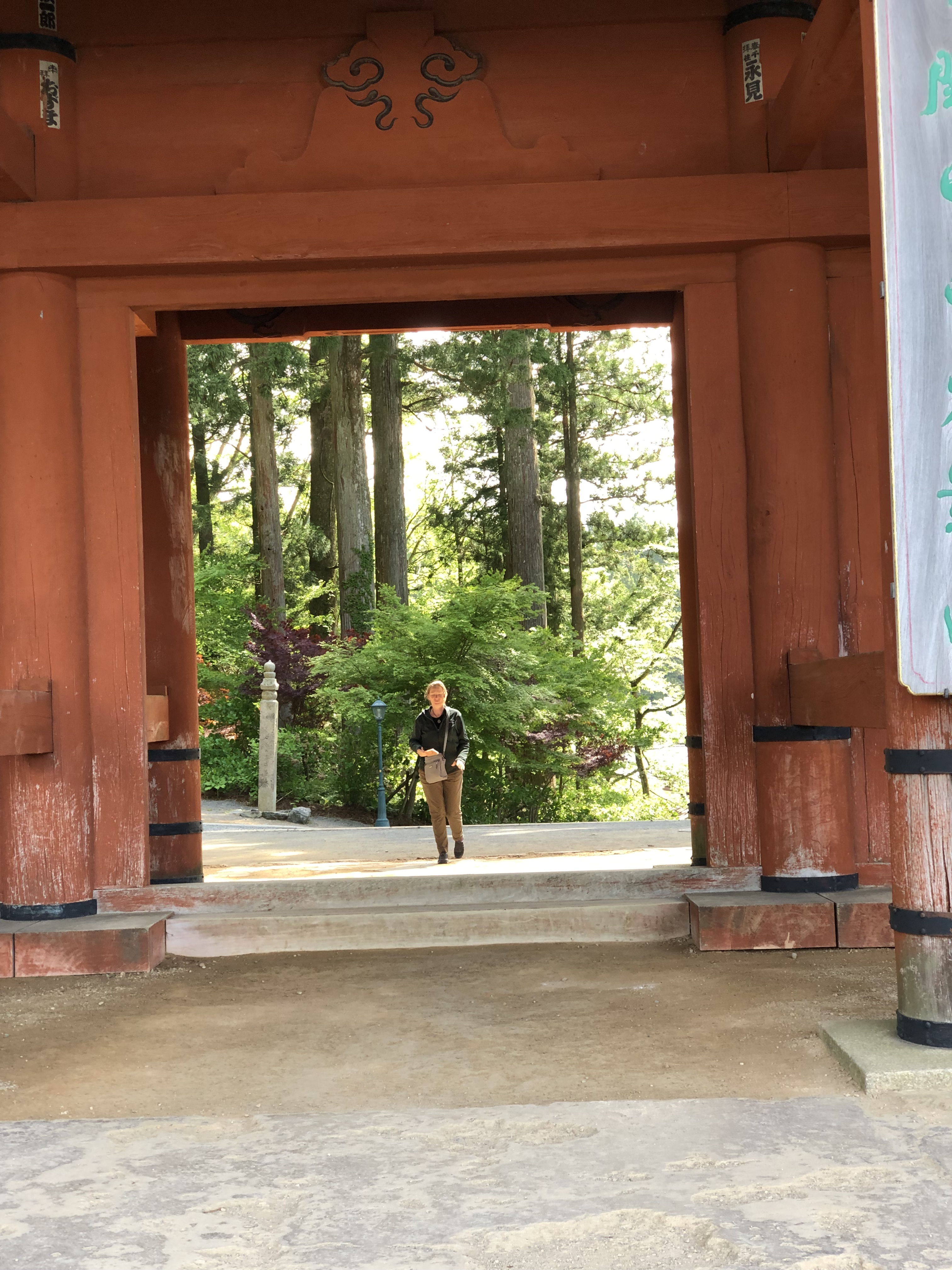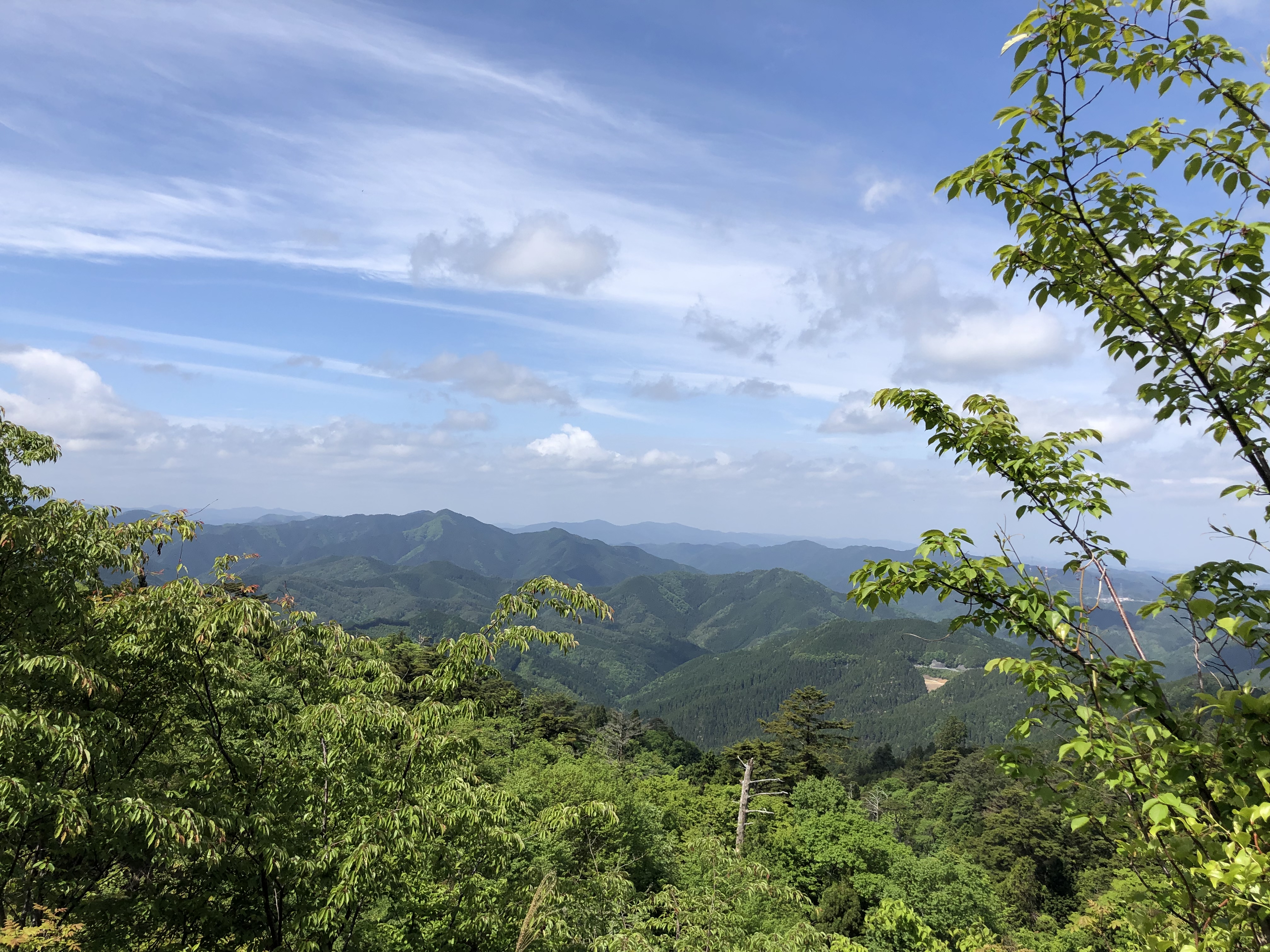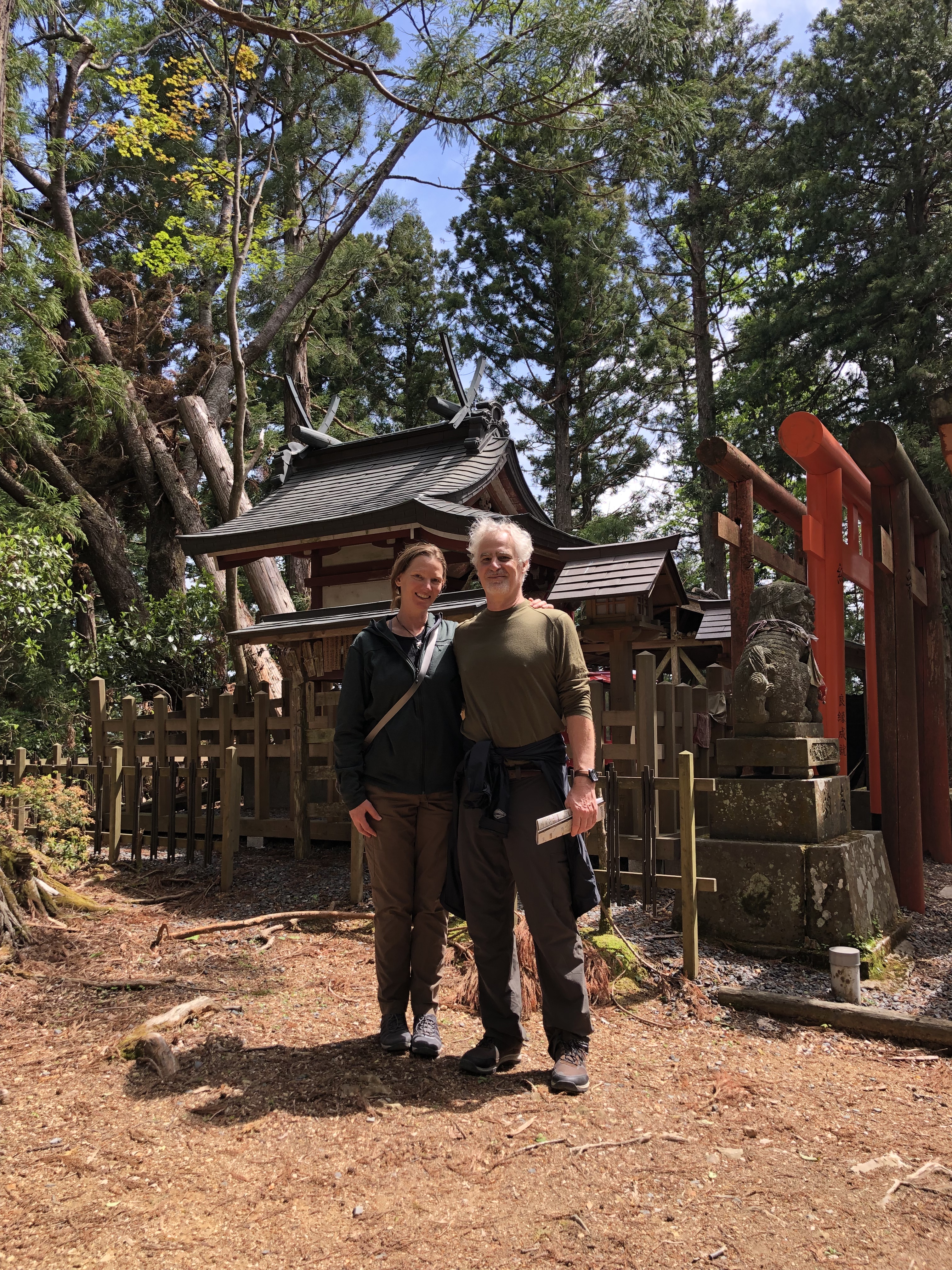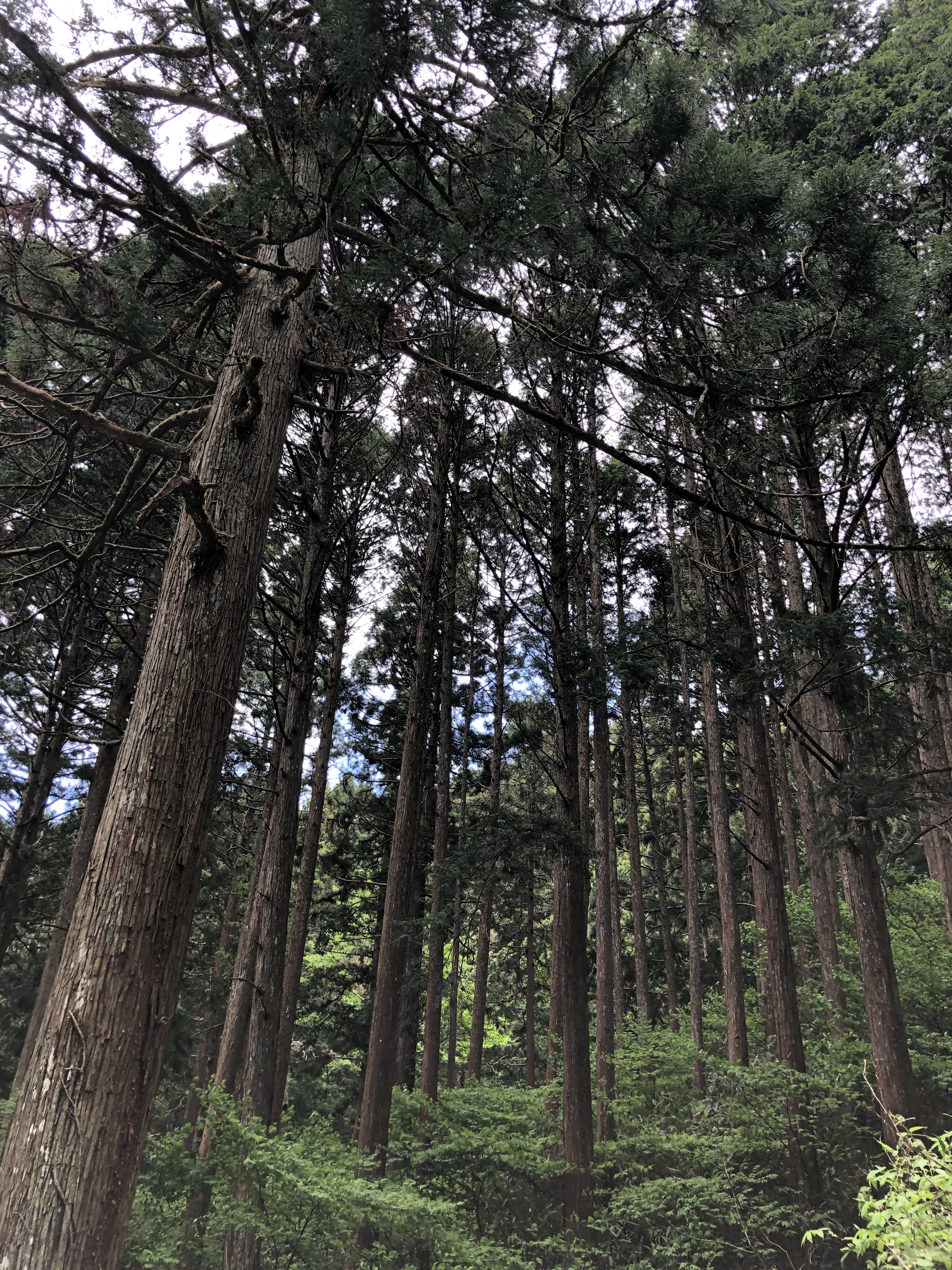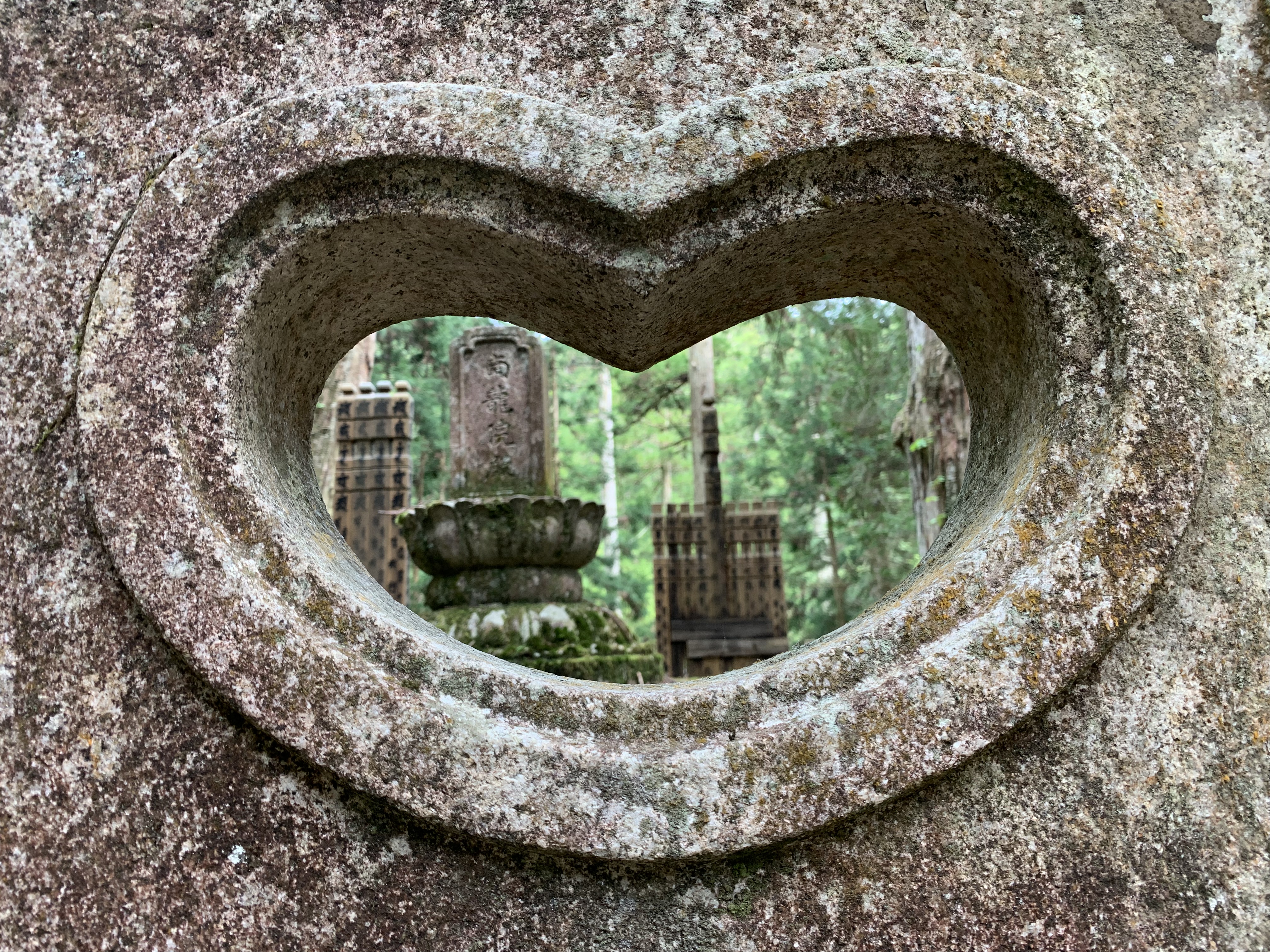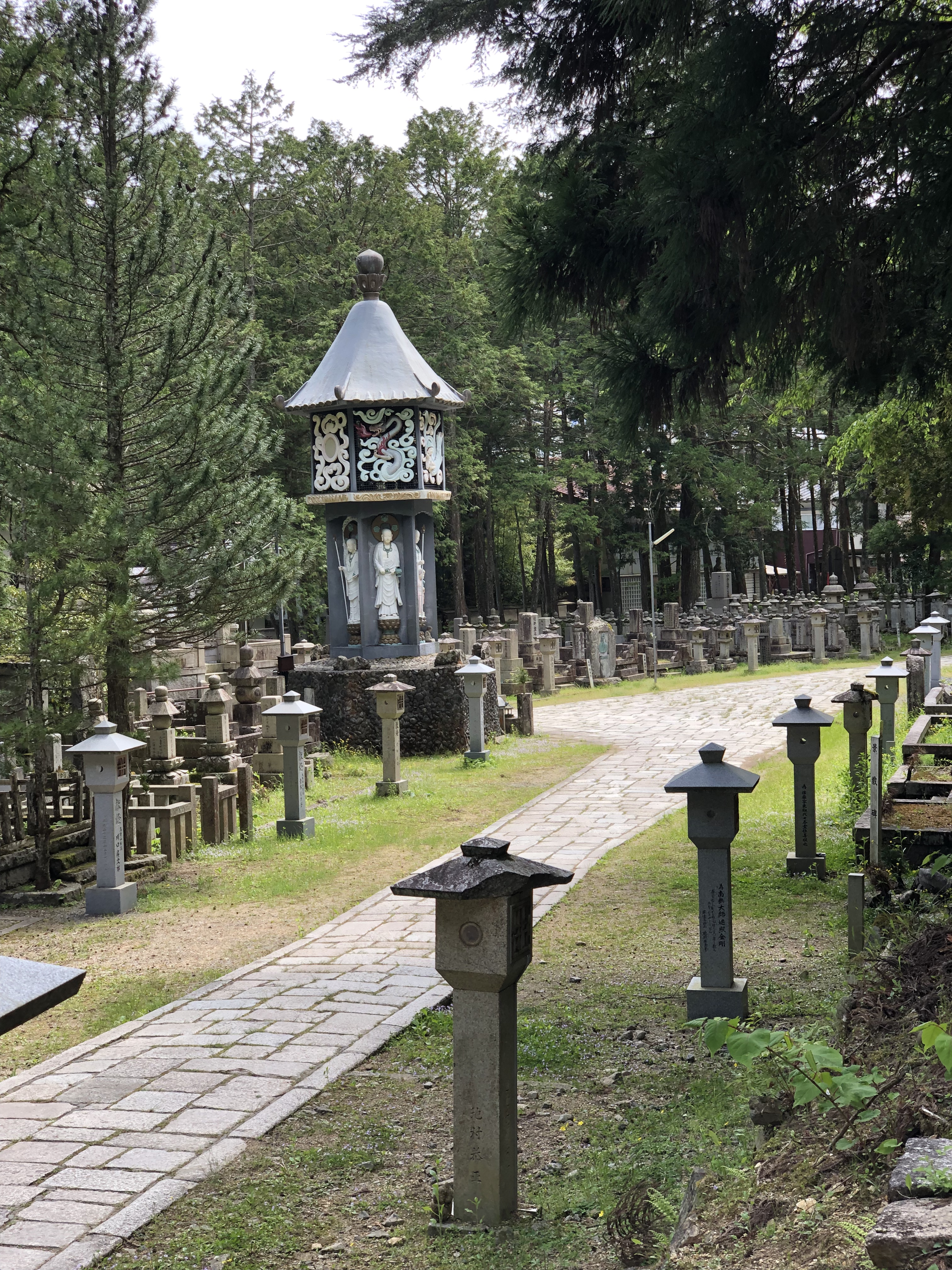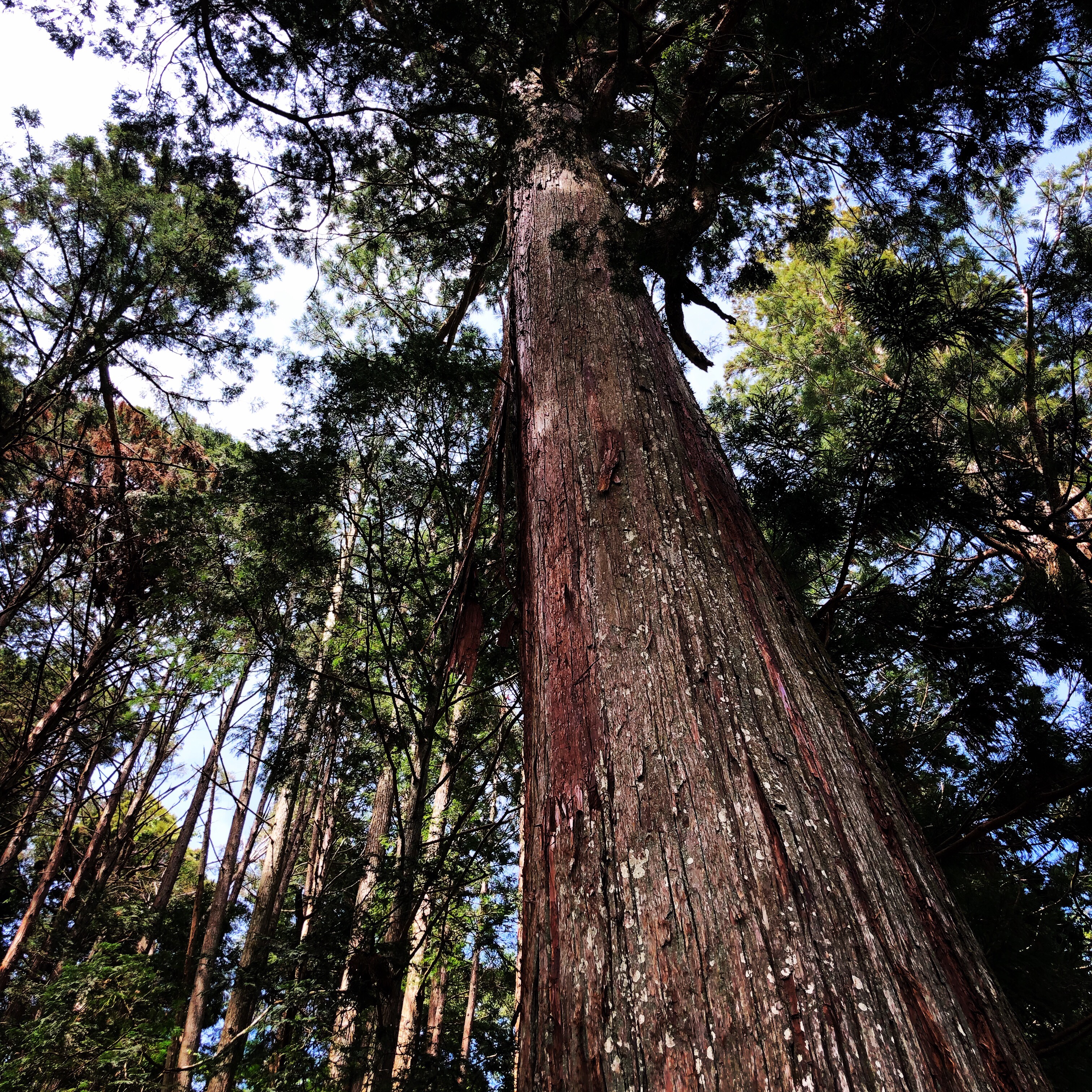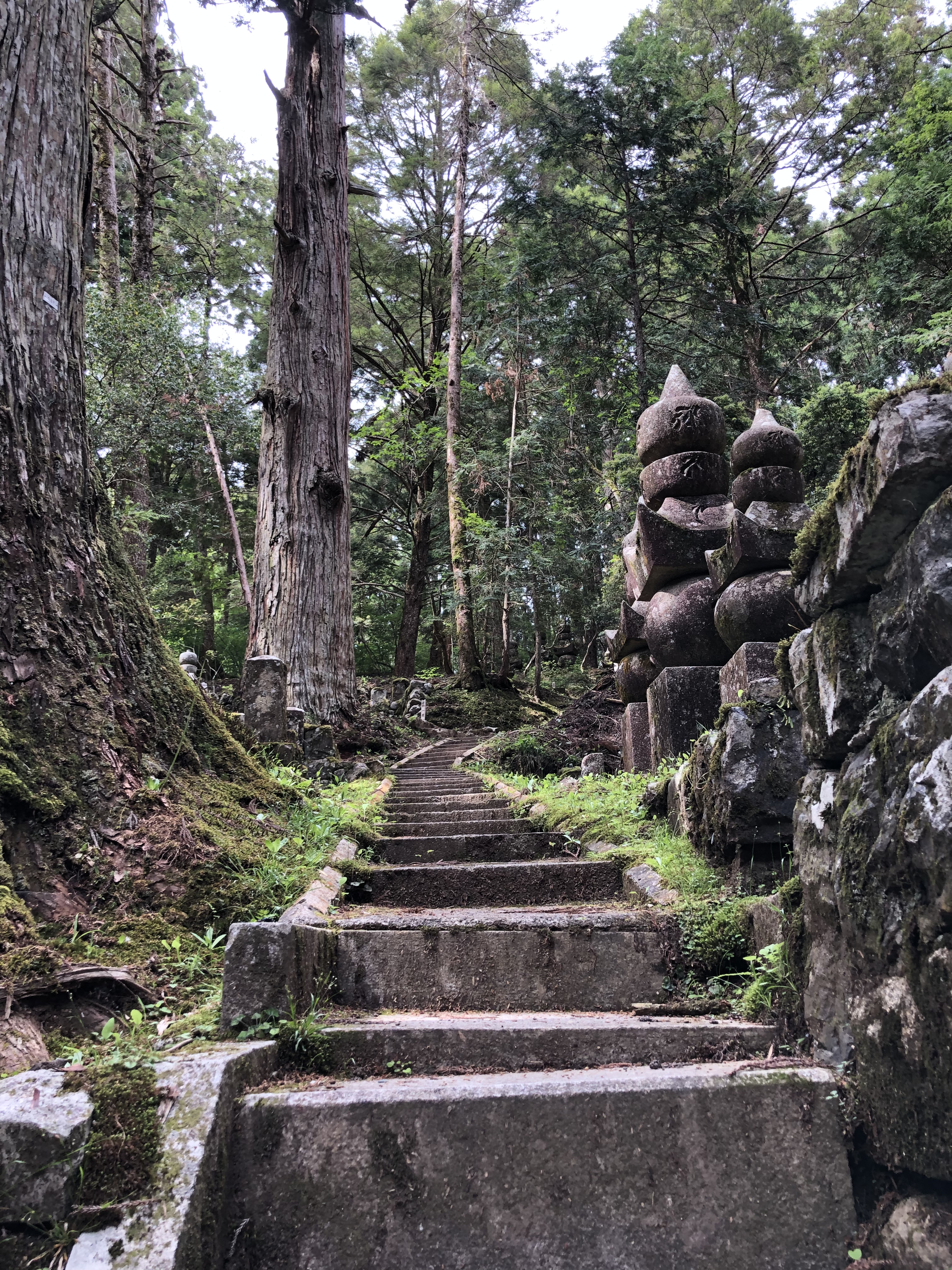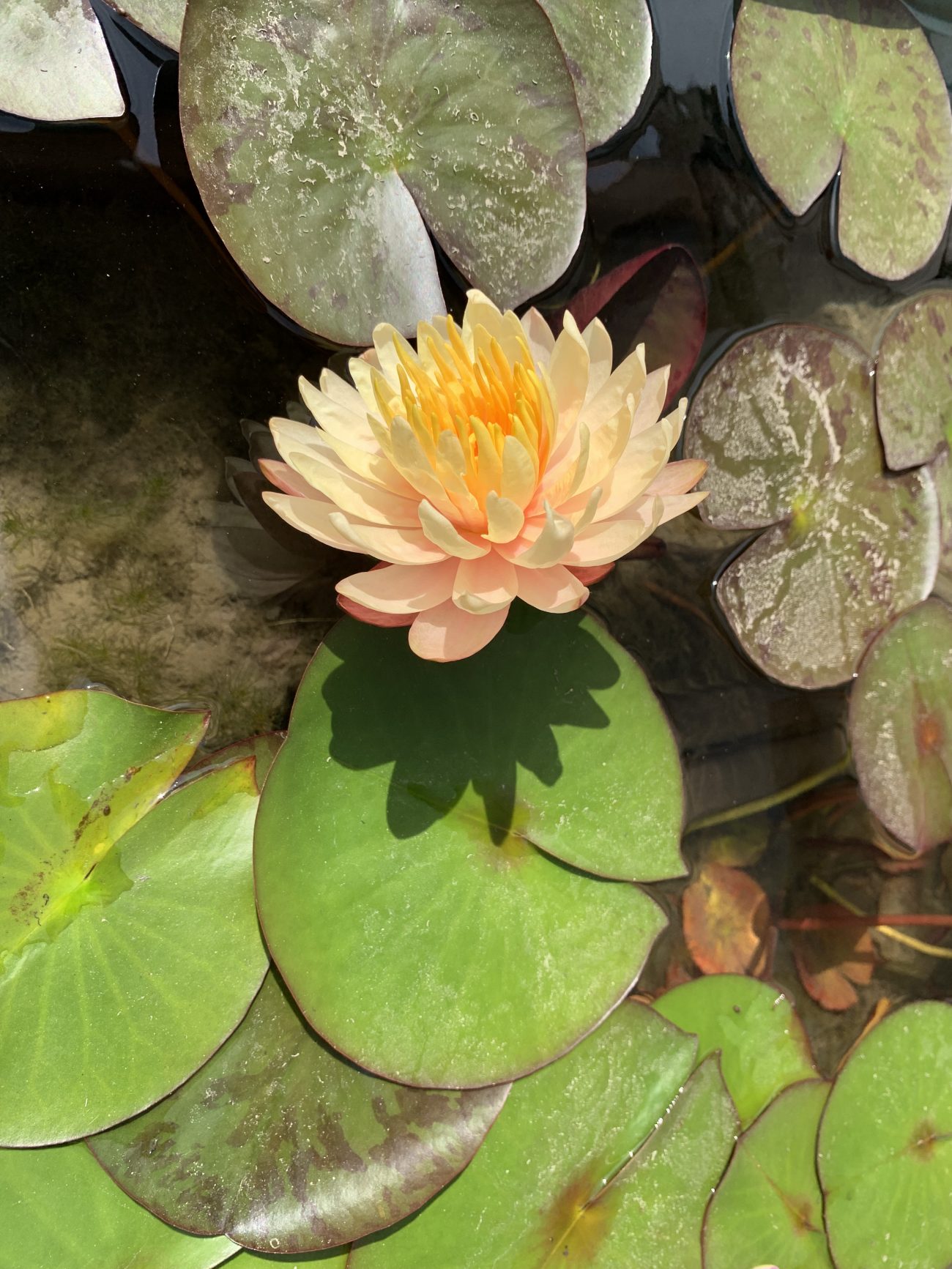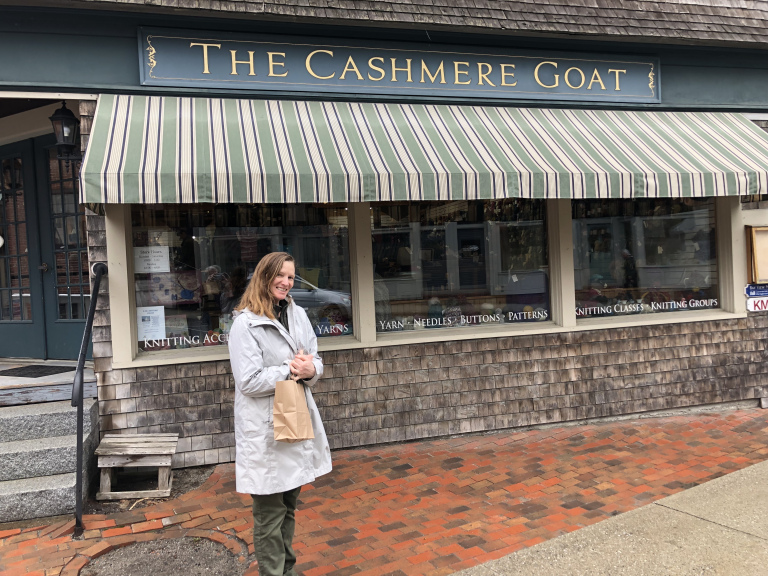
Our recent travels had a lot to do with our decision to move to the mid-coast of Maine in November 2019. We know friends and family were concerned by what seemed like a tendency to make major life decisions on the spur of the moment, and we’re not sure they bought it when we said “it just felt right.”
It’s true, Maine was simply a place of interest when 2019 began, just as far flung places like Costa Rica, California and Scotland had been in previous years. It was a place where we could find much of what we wanted in a new home—affordability, quiet, beauty, a cooler climate and proximity to the ocean.
Then, on a trip in August, we visited the mid-coast where we found a house with a view over Penobscot Bay and it brought back memories of our trips to Scotland’s Western Isles, especially a cottage we rented in September of 2017 and 2018 on the east coast of Iona with a lovely view of the Isle of Mull.
Now, six months later, with spring and the pandemic upon us, we’re here, happy, enjoying the view and planning trips in better times.
Traveling in and from Maine
The Mid-Coast has plenty to offer us within a 15-minute drive, from the charming harbor towns of Rockport and Camden, to Lincolnville Beach and Belfast. A hike to the top of Mt. Battie in Camden Hills State Park for a view of Camden Harbor, or a ferry to Isleboro are just a start.
Heading northeast is what’s called the Down East, that stretch of the eastern coastal region that covers Washington County and Hancock County beginning in Ellsworth and stretching to the East all the way to the Maritime Provinces. Bar Harbor, Mount Desert Island and Acadia National Park are just over an hour away.
For longer trips, the state has much to offer and we’re only a few hours from Canada. When the time is right, we’ll plot a course northwest to Montreal, Toronto and Quebec City or northeast to New Brunswick, Nova Scotia and Prince Edward Island.
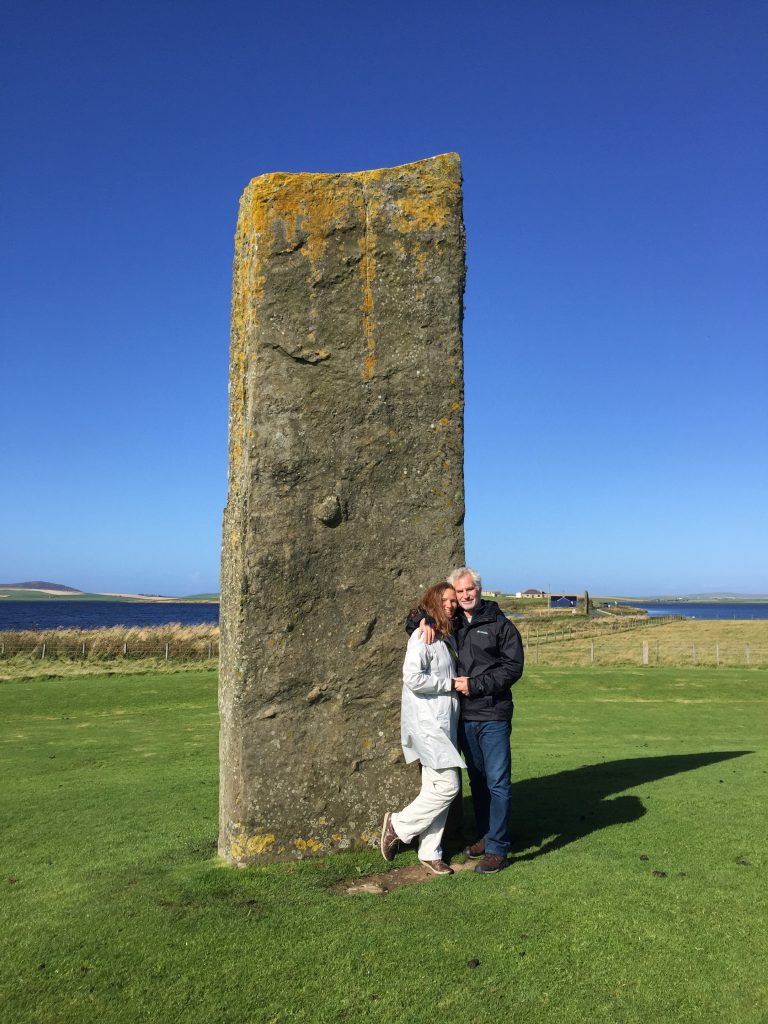
Located north of the Scotland mainland where the North Sea meets the Atlantic Ocean, Orkney is an archipelago of 70 islands, of which only 20 are inhabited. A visit there may not be on everyone’s itinerary when visiting Scotland, but if you’re looking for something a little more remote, rugged and full of Neolithic treasures, it may be the place for you.
What you won’t find are trees. They can’t survive the winter winds, and it’s this treeless backdrop, along with its Nordic influence, that gives the Orkneys their unique character. Located closer to Norway than London, the Orkneys were once ruled by the Viking kings of Norway and Denmark.
For a two-day, three-night trip, we limited our visit to the Orkney mainland and stayed three nights at the Albert Hotel in Kirkwall.
Kirkwall
Kirkwall is worth at least a full day itself, starting with St. Magnus Cathedral, where the bones of St. Magnus (the Earl of Orkney) lie within the walls of the choir. It was founded in 1137 in honor of Magnus and as a place of pilgrimage. Why? The story goes that Magnus shared the Earldom with his cousin Hakon. To settle a dispute, Magnus proposed a peaceful meeting. Hakon agreed but when he arrived he brought eight ships of armed men. Magnus refused to fight and as he prayed, one of Hakon’s men killed him with an axe blow to the head.
We had plenty of time after our flight got in to explore the cathedral before heading back to the hotel and having dinner at the pub downstairs in the Albert Hotel. You’ll hear the noise of the pub up in your room, but only when the people step outside for a smoke.
Highland Park Distillery
The second day was rainy and it was a perfect time for a tour of the Highland Park Distillery, makers of one of our favorite whiskeys. Founded in 1798 by Magnus Eunson, a direct Viking descendent, the distillery’s pride in its Viking legacy is evident in everything they do.
The peat used in Highland Park is unique. Since trees don’t survive on Orkney, the Highland Park peat has no wood, but it’s rich in heather — densely compacted vegetation over 9,000 years old and four meters deep in places. This gives the whiskey its unique smoky sweetness.
We signed up for the Connoisseur Tour, which now would be closest to the Viking Harmony Tour, and they sent a car to pick us up at our hotel. The tour took us through the distilling process and back to a private room where we tasted the 12, 18 and 21 year olds, as well as a Lief Erikson. Keep in mind the 18 and 21-year-old have both been named whiskey of the year in recent years. We walked away with a bottle of the 18, which we sipped for the rest of our trip.
Back in Kirkwall, there are a number of specialty shops carrying Orkney cheese, which is something special, as well as the island’s own oatcakes, meat, fish and beer. After visiting the shops we took advice from a shop owner and went to the Royal Cask Whisky Gin Bar at the Orkney Hotel which has a vast collection of single malts on display for tastings.
Neolithic Orkney
The sun was shining the next day when we hired Jean Ross to take us on a tour of the historic sites on the mainland and we highly recommend her. Born and raised on Orkney, she’s a green badge tour guide—a designation you should look for.
She started us at Maeshowe, one of the finest chambered tombs in Europe with its central chamber lit by the setting midwinter sun. It is some 5,000 years old and looks like a large grass mound from the outside. You enter by crawling on hands and knees to the chamber where a guide outlines the history and carvings on the walls.
On to the Stones of Stenness, also about 5,000 years old, and maybe the oldest henge site on the British Isles. Think Stonehenge, but older and without the crowds or barriers. We were just two of a handful of people, along with a few sheep, who wandered among the ancient stones.
Our plan was to head right from the summit and take the challenging Jordan Cliffs Trail back to the trailhead, making it a six-mile hike. It was closed, so we opted for a confusing, sometimes steep and often beautiful series of trails, making it nearly eight miles. We started by heading down the way we came and turned right on the Maple Spring Trail for a mile or so, then backtracked northeast for a short while on the Hadlock Brook Trail, and connected to the Amphitheater Trail.
Finally there was Skara Brae. Located on the southern shore of the Bay o’ Skail, it is one of Europe’s most complete Neolithic village. Occupied from roughly 3180 BC to 2500 BC, its houses and stone furniture provide an insight into the daily lives of Neolithic people. A UNESCOWorld Heritage Site, it is older than Stonehenge and the Great Pyramids, and has been called the “Scottish Pompeii because of its excellent preservation.
Orkney’s Italian Chapel
A more contemporary but fascinating site is Orkney’s Italian Chapel, which was built by a group of Italian prisoners of war sent to Orkney during World War II to work on the Churchill Barriers, a massive series of concrete causeways that seal the eastern approaches to Scapa Flow, the United Kingdom’s chief naval base during the First and Second World Wars.
Led by the artist Domenico Chiocchetti, the Italians built the chapel, which was later restored, and after the war Chiocchetti returned to restore the paint work of the chapel interior.
The Orkney Brewery
Along the way, Jean arranged for us to stop for lunch at the Orkney Brewery where we enjoyed the meal and a flight of the local beer. We were partial to the Dark Island and Red Macgregor.

The secluded temple town of Koyasan has a long history as a sacred place, beginning in the early ninth century when Kobo Daishi wandered Japan in search of a suitable place to build a center for the religion he had founded, Shingon Buddhism. After years of searching, he settled on the wooded top of Mt. Koya and in 826 began construction of the original Garan complex. Today you can find more than a hundred temples here.
Many temples in Koyasan invite guests to stay overnight, and we stayed two nights in Souji-in, known for some of the finest vegetarian cuisine. We had spacious rooms, secluded in the back of a newer wing of the temple, a serene view of the gardens, and a bathroom that took up three rooms, including one with a wooden Japanese soaking tub. As is typical in traditional Japanese lodging, when we went to dinner, they had moved our table aside and laid out our futons for sleeping.
We explored part of the town before dinner, wandering down a scenic path, finding a red wooden bridge and then exploring the Garan complex, the first monastic complex entirely dedicated to the teaching and practice of Shingon Buddhism.
It includes the Kondo Hall, a large wooden temple hall where major ceremonies are held, and Konpon Daito (great Fundamental Pagoda), the tallest building in Koyasan. Completed in 876, it’s an early form two-storied pagoda and a symbol of Koyasan, a town we discovered was filled with a peaceful beauty.
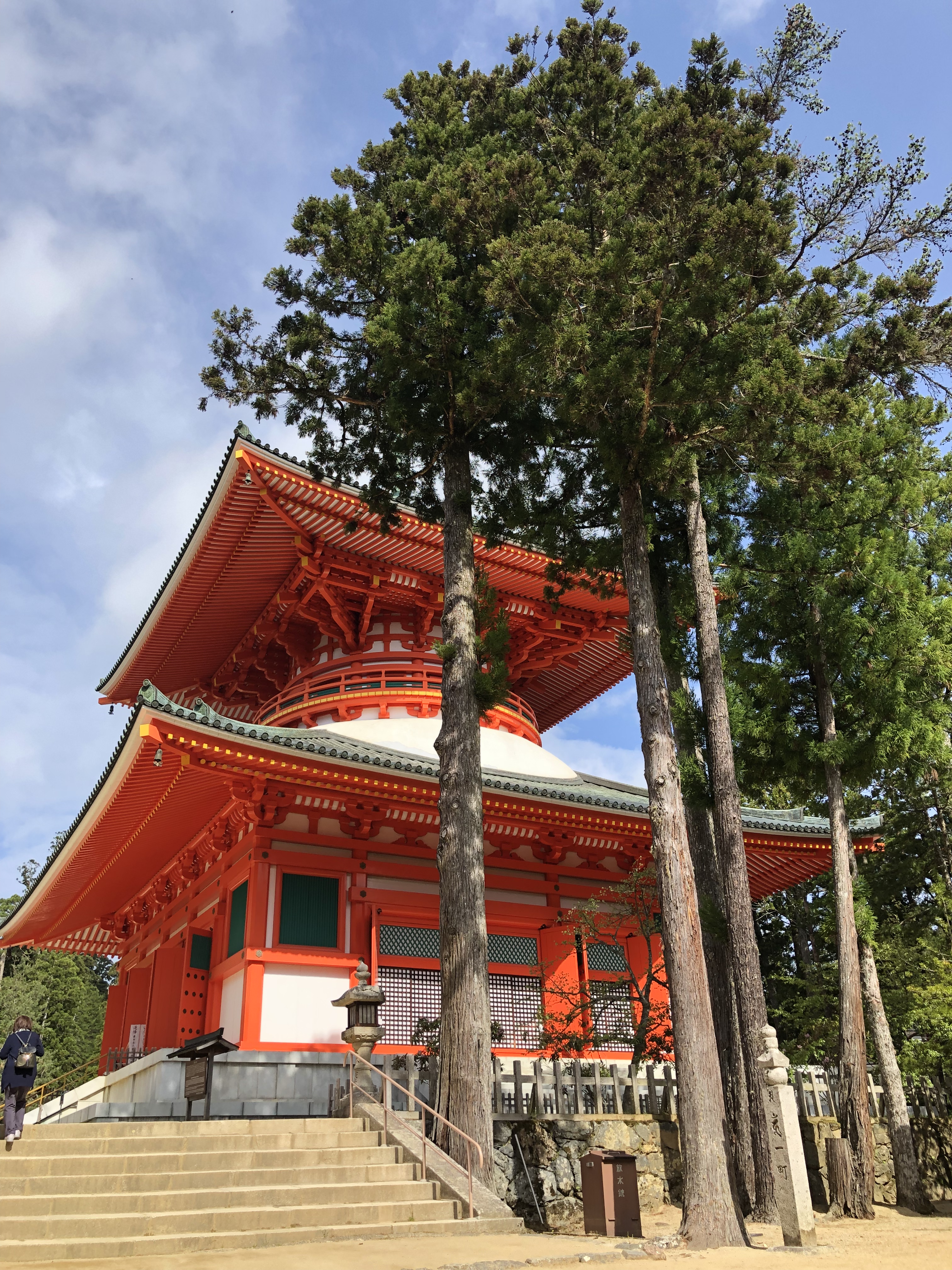
Dinner was at 7 pm and they called us at 6:59 pm to make sure we were coming. The meal and the ones that followed were Buddhist vegetarian cuisine (Shojin Ryori). Made with the “delicate enhancement of a natural taste” and the use of limited ingredients, Shojin Ryori is based on the concept of five flavors, five cooking methods and five colors. Each meal includes a grilled dish, a deep-fried dish, a pickled dish, a tofu dish and a soup dish.
Not only was it some of the best vegetarian food we had ever enjoyed, but also some of the most delicious food of any kind. Each meal was perfectly balanced, served by a monk and was a delight for the eyes and the palate.
The next morning, we set off to explore more of the town and started our day (after our breakfast at the temple) with coffee at the Powerstone Café. The barista, who clearly liked Snoopy, was a wonderful host.
We continued up the hill through the Daimon Gate, the traditional entrance to Koyasan, and entered a pilgrimage route that we followed a few kilometers up Mt. Benten Dake and down to Nyoindo, a temple on the periphery of Kyosan. It is the last temple standing built especially for women. Here we also found the Koyamaki Protected Forest, a forest of umbrella pines extinct everywhere but in Japan and Korea.
We moved on to Okunoin, where more than 200,000 grave stones and pagodas stretch through a forest of ancient, towering cedar trees. There was a powerful, awe-inspiring energy along this sacred space, a 2km walk to Kobo Daishi’s mausoleum that we will never forget. We plan to visit again and walk it at night, when the path is lit by lanterns.
The next morning, we joined a 6 am morning prayer ceremony. When the head monk was done chanting the sutra, he sat with us, giving a short talk to those in attendance—all in Japanese. Fortunately, a young monk handed us a one-page summary of his talk and the main message was this:
All we can do is to appreciate the past and for the future, to wish and pray for the peace for those around you.
Next Up: The Kumano-Koda Pilgrimage Walk
We think reading material is an important part of planning any trip, and this is especially true when you have a 15-hour flight to Japan. We wanted a Japanese author and bypassed contemporary writers like Haruki Murakami and Kenzaburo Oe to select Kusamakura by Nasume Soseki.
In the introduction, Soseki is quoted as saying about this 1906 haiku-style novel, “All that matters is that a certain feeling, a feeling of beauty, remain with the reader. I have no other objective.” What could be better for a trip to Japan. We followed a nameless young artist on his walking trip across the mountains to a hot spring inn where he observes everything, humans included, with a detached aesthetic eye.
Our trip is taking us to Kyoto for eight nights and then to the mountain hot springs in Central Honshu and Kansai, where we will walk the Kiso Road, stay in a Buddhist temple on Mt. Koya and explore the Kumano Kodo pilgrimage route. Along the way, we’ll find beauty in every part of life—from the glorious temples and gardens to the colors and arrangement of each meal, the pottery, paper and fine art, and in the simplest flowers outside a home.
But as our shuttle made the 90-minute drive from Kansai Airport, we experienced an anti-climactic arrival. Though we waited for some magical shrines or landscapes to appear, the drive was anything but scenic, and even as we turned into Kyoto and made our way along Higashioji-dori, a major thoroughfare, it looked much like any of the concrete cities we knew at home.
Fortunately, it gets better – much better. As soon as we pulled into the back streets of Gion and made our way to the machiya where we will spend a week, we were feeling a little more like Soseke’s protagonist.

Gion as a Home Base
Kyoto is old Japan, with endless temples, shrines and gardens, and holds many hidden treasures that an eight-day stay gives you a chance to find. We chose to stay in Gion, Kyoto’s entertainment and geisha district, located in Southern Higashiyama. It was a great decision. In Gion you get a walk back in time with a daily dose on kimonos and even a chance to see a geisha hurrying along the street. And it’s centrally located so it’s an easy walk to several major sights as well as to downtown Kyoto.

We stayed in a quiet little machiya, the Indigo House Gion, which was built in the early 1900s and served as a traditional teahouse (ochiya) where geisha entertained elite clientele. The owners transformed it in 2015 and now have four properties, two clustered with the Indigo House.
Upon booking, the owner turns things over to Junko and Saki, who speak very good English and serve as your personal concierge to answer any questions and take care of reservations. They even called ahead to confirm our later bookings outside of Kyoto. They leave an iPhone for guests to use, so you have access to a GPS, a way to call them for help (we did) and tap recommended restaurants and other resources they’ve loaded on it.
It’s the best of both worlds: Japanese style lodging with tatami mats, futon and an inside garden/atrium, but equipped with a modern bathroom (soaking tub, shower and automated toilet), small kitchen and washer/dryer. Plus, it’s just steps away from everything we needed, from a market, ATM and coffee houses to buses and trains. And since it’s right next to Kennin-ji Zen Buddhist temple, each morning at 4 am we were greeted with the soft sound of a gong, like a gentle reminder of where we were.
Gion is a wonderful area to explore. Though some of the bigger streets are crowded in the middle of the day, they calm down in early morning and evenings. And the real fun is exploring all the alleys and side streets like Ishibei-koji and Sannen-zaka. Shops, restaurants and coffee houses abound, and with kimono rentals booming in Gion, it’s tough to go a block without seeing a couple or group of young women dressed in kimonos, enjoying a walk, getting their photos taken or taking a selfie.
Up Next: Exploring Kyoto’s Top Sights— Kiyomizu-Dera Temple, Chion-in, Fushimi Inari-Taisha, Arashiyama’s Bamboo Grove and Tenryu-ji Temple, and Northwest Kyoto’s Golden Pavilion and Ryoan-Ji.
— Two Down Dogs
